Wednesday, 21st Yet another glorious, golden morning as we find ourselves creeping along the Maroela Loop S83 east of Skukuza. But despite us being first in line, we are quickly overtaken by speedy tour bakkies and other tourists. Which best sums up the attraction of Shingwedzi.
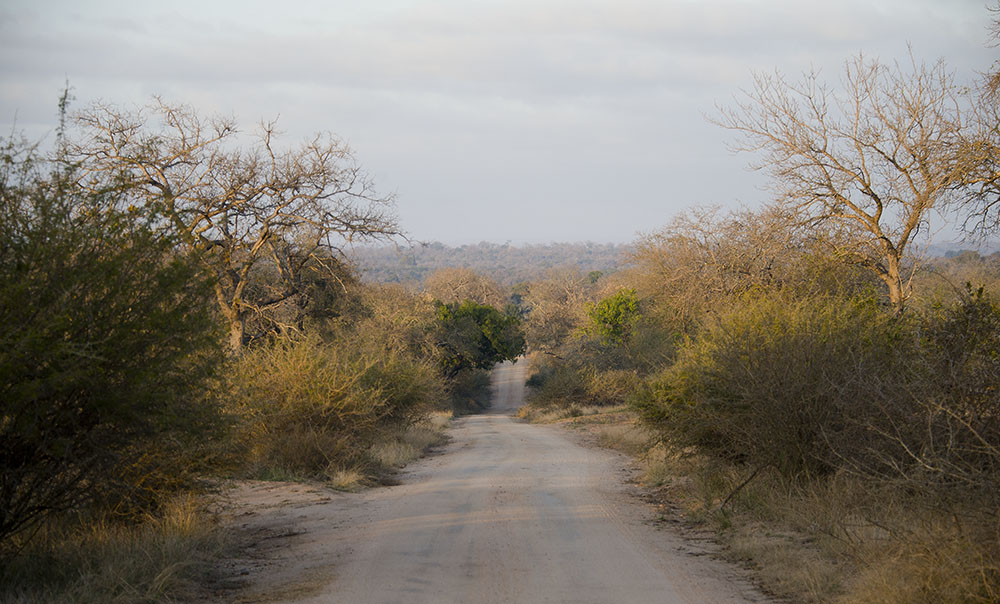
We next continue along the H1-2 and then turn right onto the H12 which leads to the high-level bridge over the Sabie River. 1Km before the river we come across a group of cars, all focussed on a magnificent male leopard feeding on a freshly killed impala in a tree. What a sight this is in the early morning sunshine.
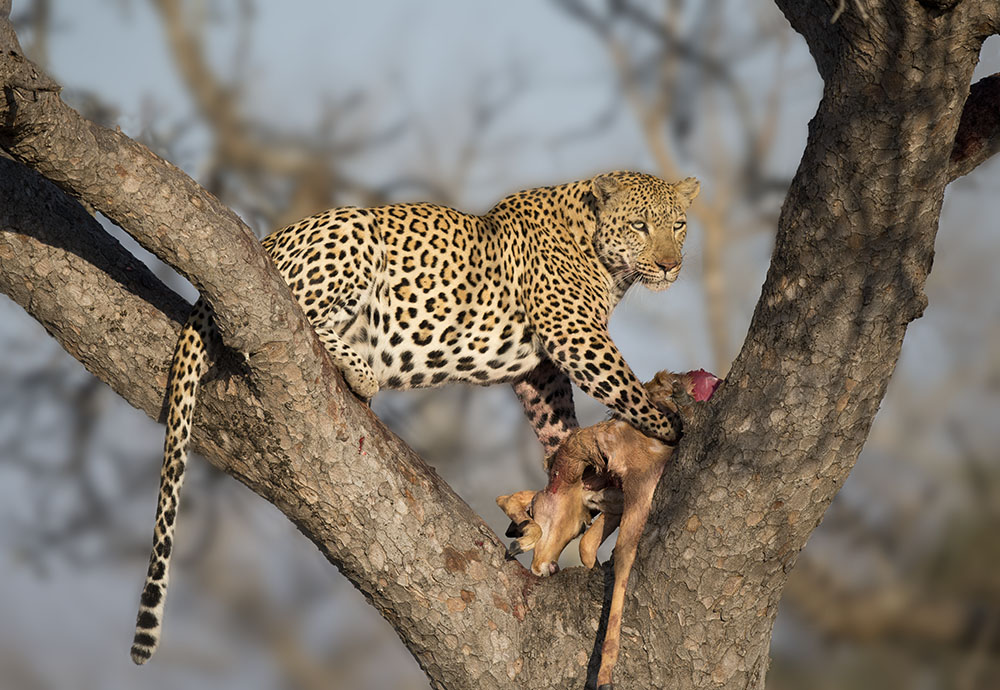 Biased I may be, but I can think of no other animal on Earth that matches the leopard for beauty and its aura of mystique. One just never tires of them.
Biased I may be, but I can think of no other animal on Earth that matches the leopard for beauty and its aura of mystique. One just never tires of them.
A long lens and a high Quantum means that I can get a perfect view of proceedings, often over the roofs of other cars. Again, I must compliment the excited tourists for their good manners, behaviour and patience.
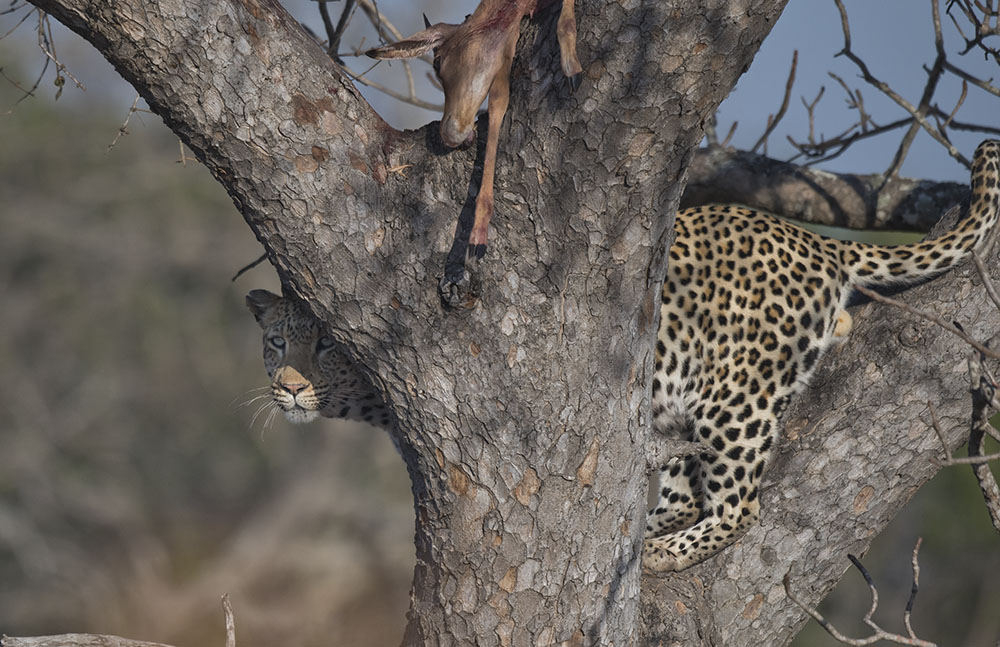
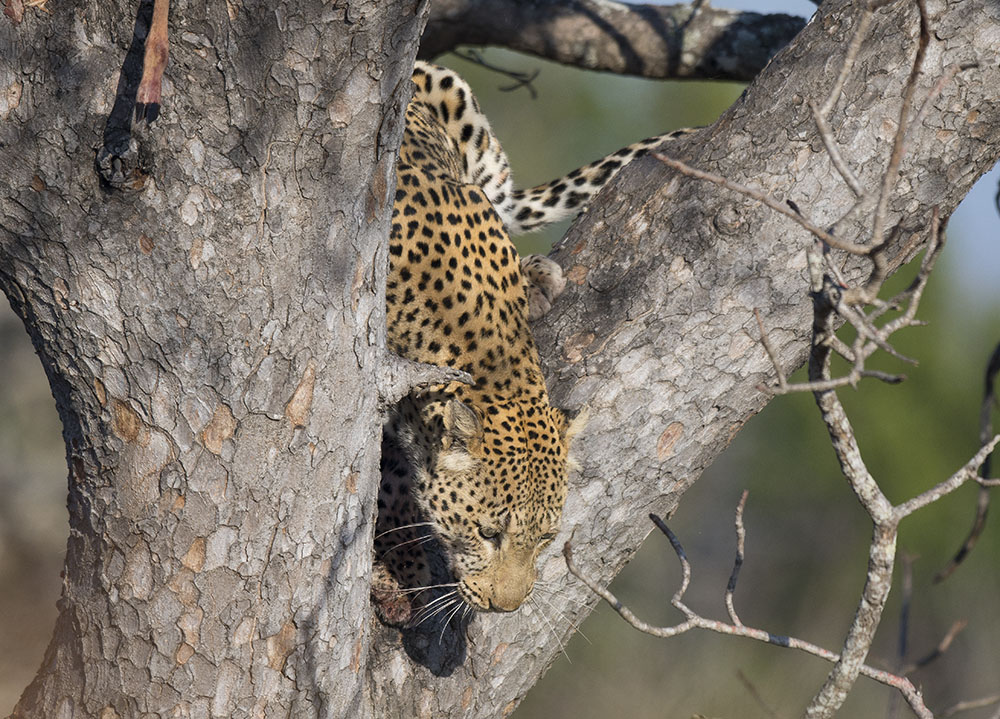 Eventually the leopard has had his fill and climbs down the tree and rests on the ground at its base. We have fortunately seen the best of the action and move on and a few hundred meters further on come across a pride of lions. Anticipating that they will be drinking at the river, we move onto the bridge and take up a good vantage point from where we watch them crossing the sand.
Eventually the leopard has had his fill and climbs down the tree and rests on the ground at its base. We have fortunately seen the best of the action and move on and a few hundred meters further on come across a pride of lions. Anticipating that they will be drinking at the river, we move onto the bridge and take up a good vantage point from where we watch them crossing the sand.
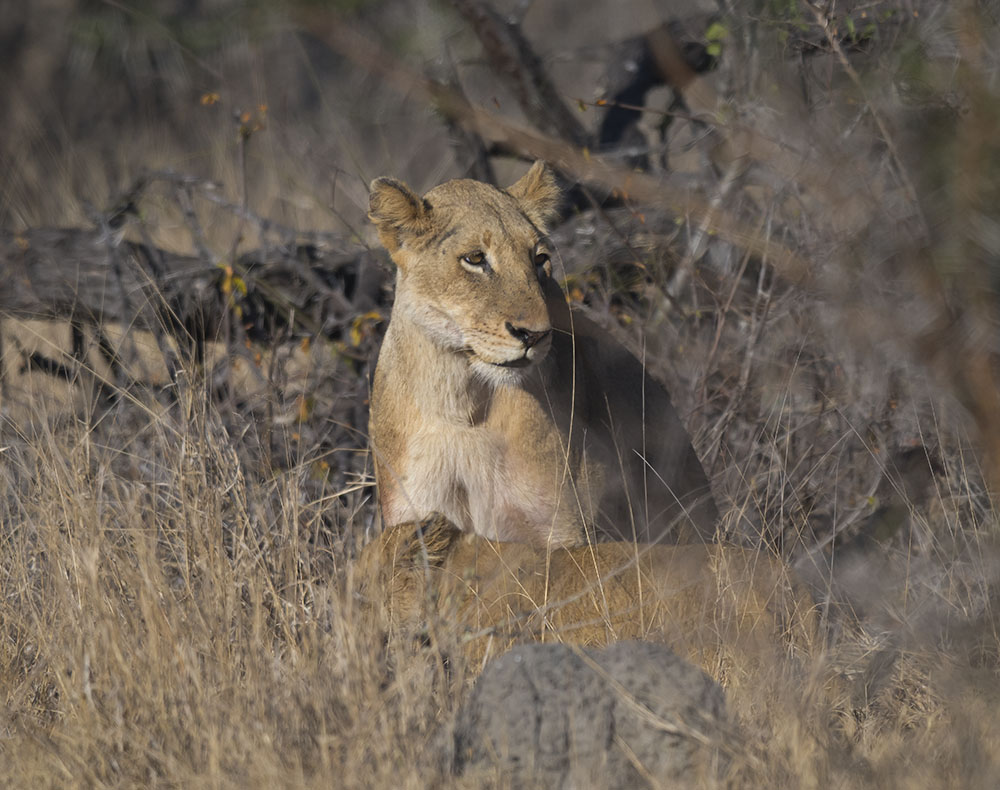
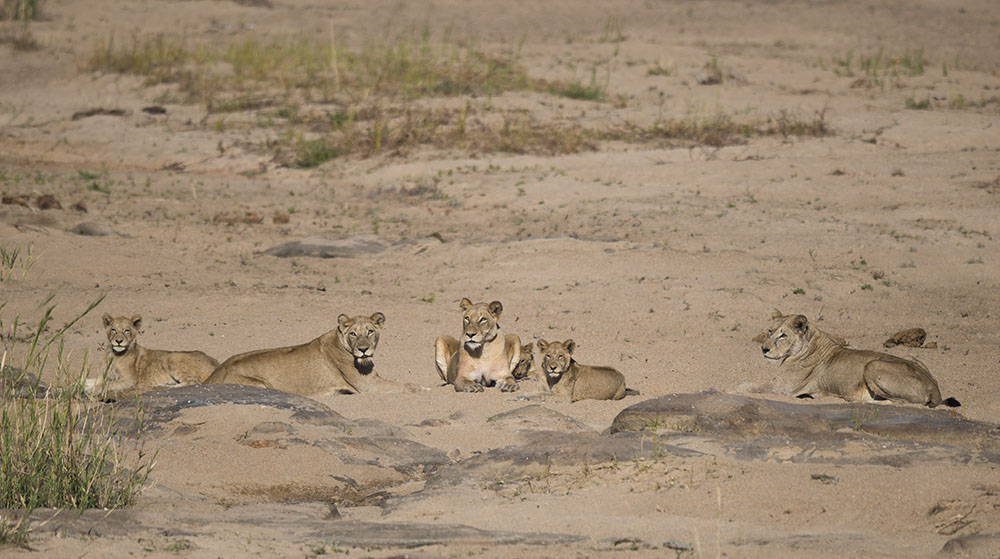
We seldom stay out for longer than four hours as the concentration begins to waver so at 10am we are back in camp.
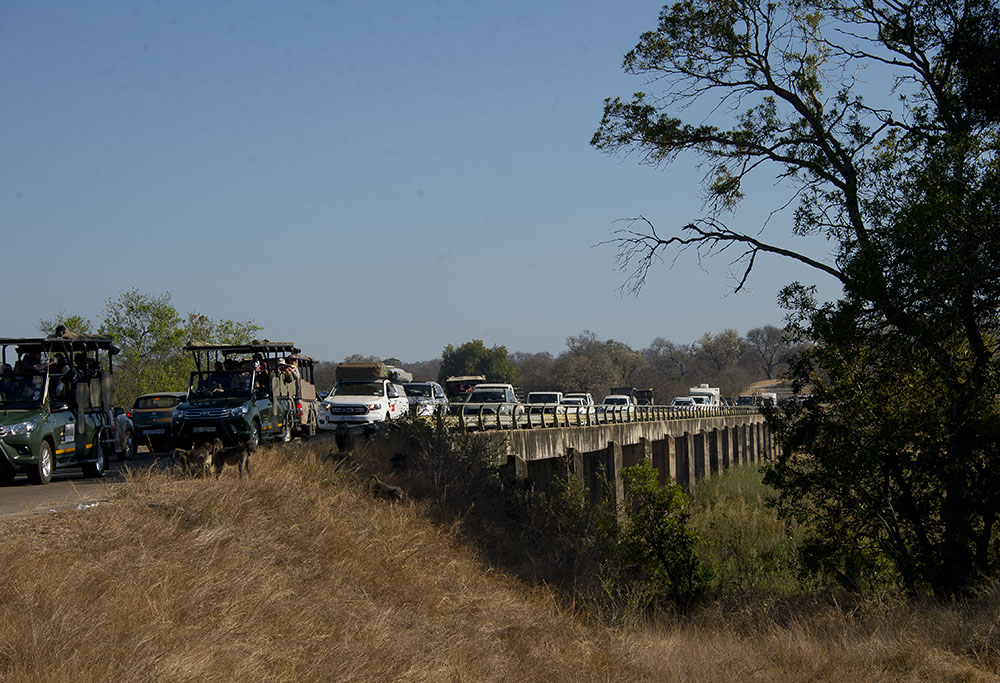
This afternoon at 4pm we go down the H4-1 to the high-level bridge and then cross over to check on ‘the leopard up the tree’. We find a large collection of cars who tell us that the leopard is still on the ground at the base of the tree. With the setting sun now against us, we return to the H4-1 and idle back up the road stopping off at all the little loops and lookouts. Other than some evening baboons, nothing special doing.
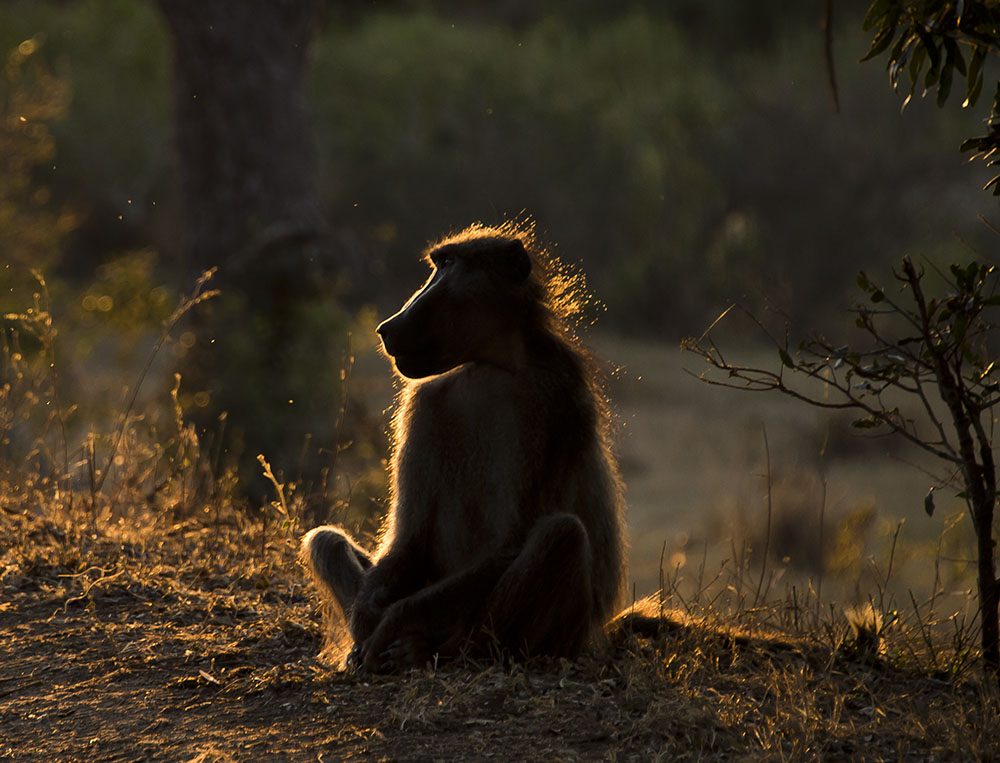
Thursday, 22nd Another lovely still, sunny start to the day sees me heading for Lake Panic. As already explained, the seating in the hide is in the shape of an “L” and it is essential to sit right in the corner of that “L” from where one commands a good view in two directions. If one loses out on that one seat then only half of the scene is possible. So, when someone follows me into the Hide carpark, I have to move fast and an unseemly dash for my seat follows.
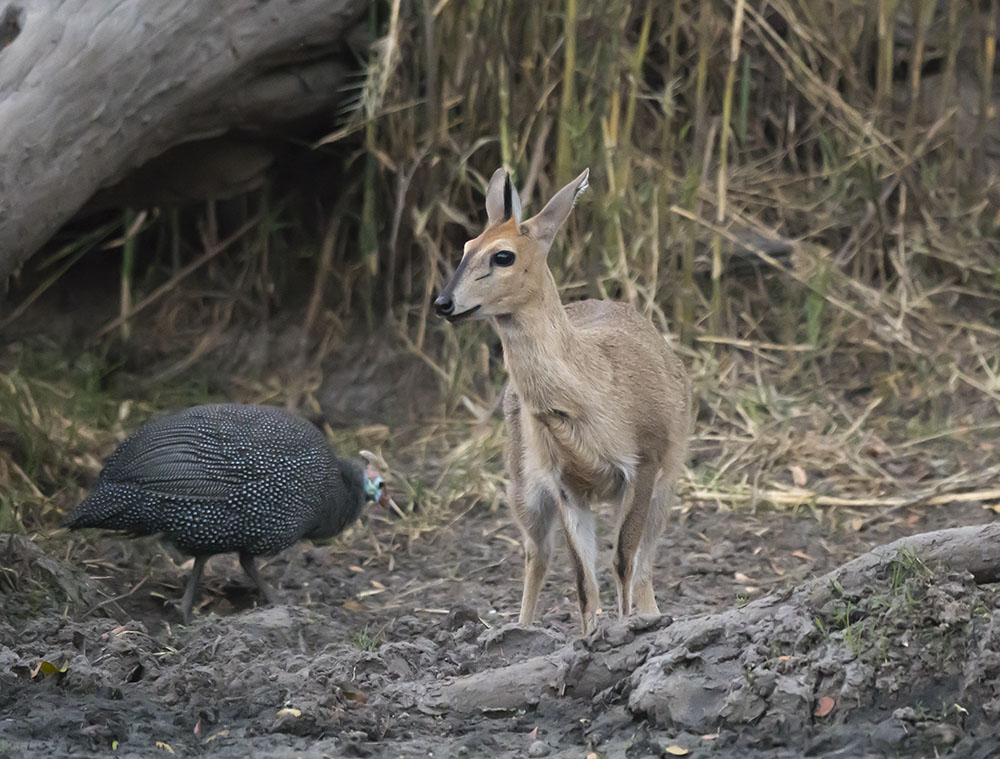
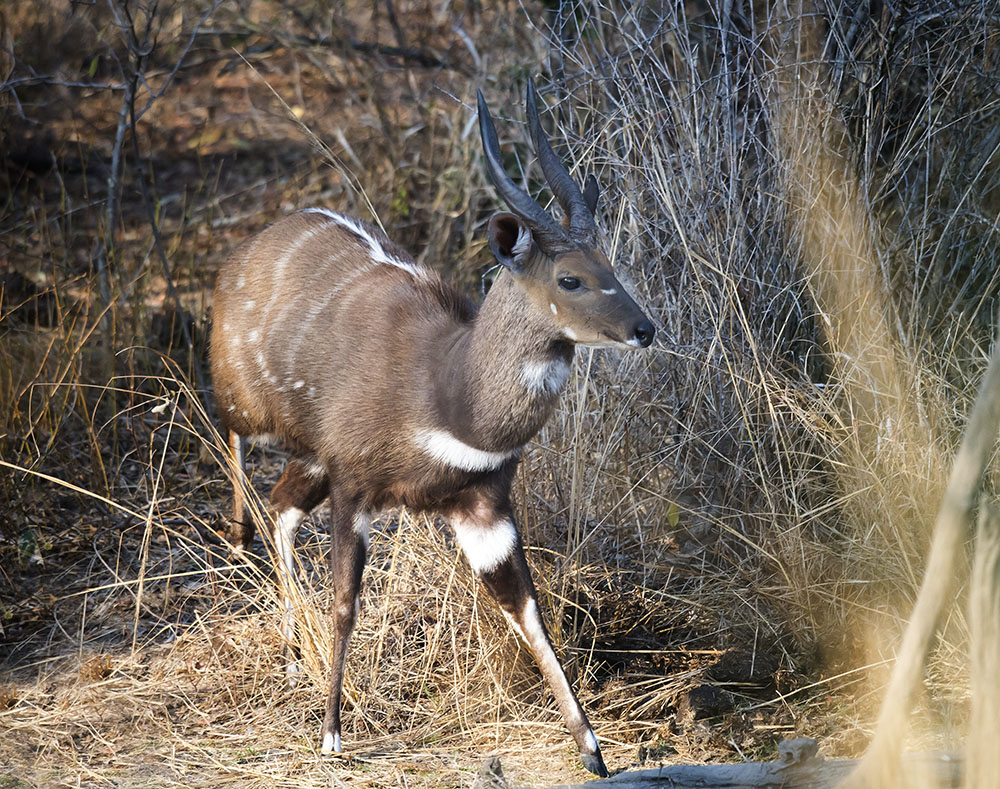
Despite gaining pole position and a promising start, things start to go awry. The predicted south wind arrives earlier than forecast and then two Sanparks helicopters begin to do exercises over the lake for a good hour. Of course the noise is deafening so I just give up and trail home early with not too much to show for my efforts.
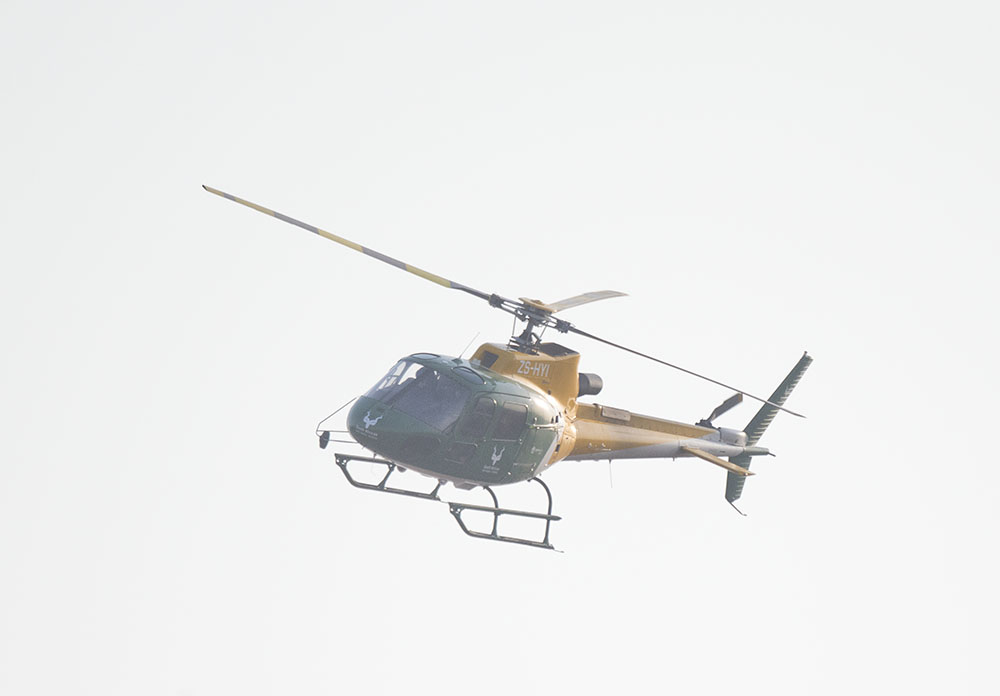 Today is our first really miserable weather experience during our six weeks in the Park. A strong southwind and heavy cloud makes for unpleasant conditions so we spend most of the day in camp.
Today is our first really miserable weather experience during our six weeks in the Park. A strong southwind and heavy cloud makes for unpleasant conditions so we spend most of the day in camp.
Friday, 23rd A chilly 17ºC wind and leaden skies are not conducive to animals, birds and photographers. Nevertheless we are out of the gates at 6am and head up the H1-2 mainroad to Tshokwane. Besides two early ratels in the half light, very little is stirring. After our breakfast at the very pleasant Tshokwane, we drive back to Skukuza via the H12/H4-1 roads and note that all trace of the impala remains up the leopard tree have disappeared – no doubt because of birds.
At midday the sky brightens and immediately the birdlife in camp perks up.
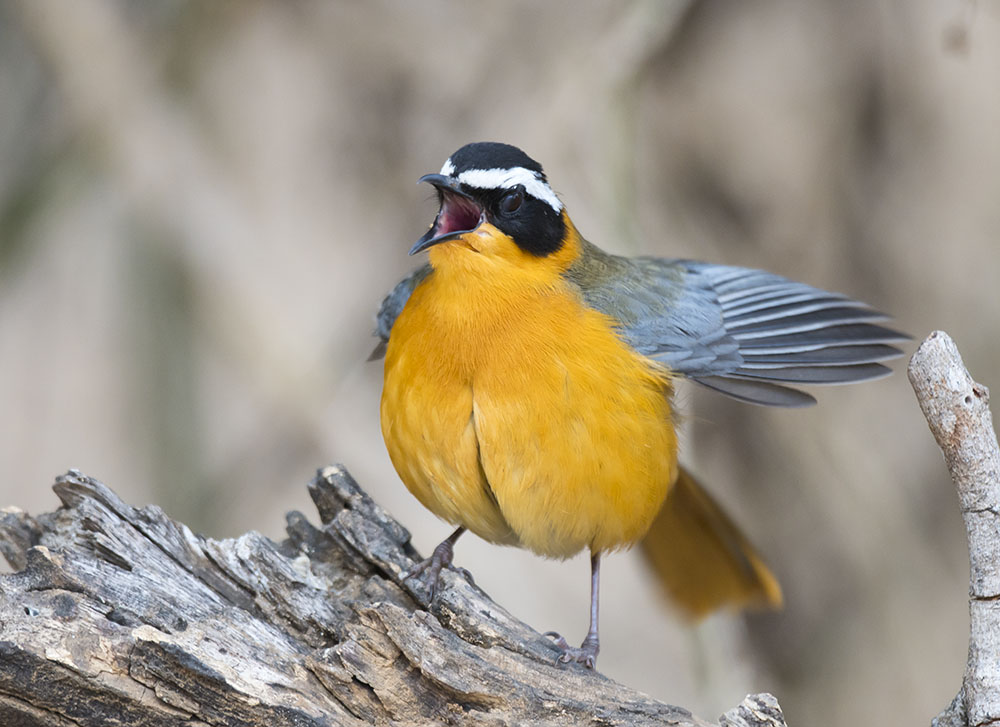
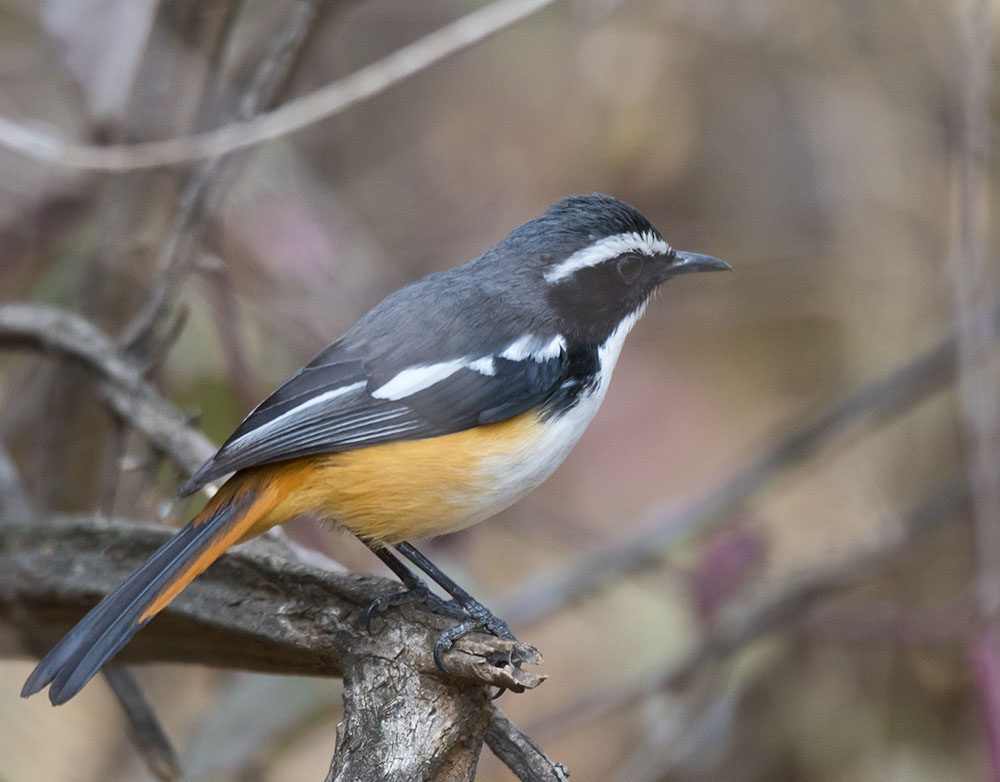
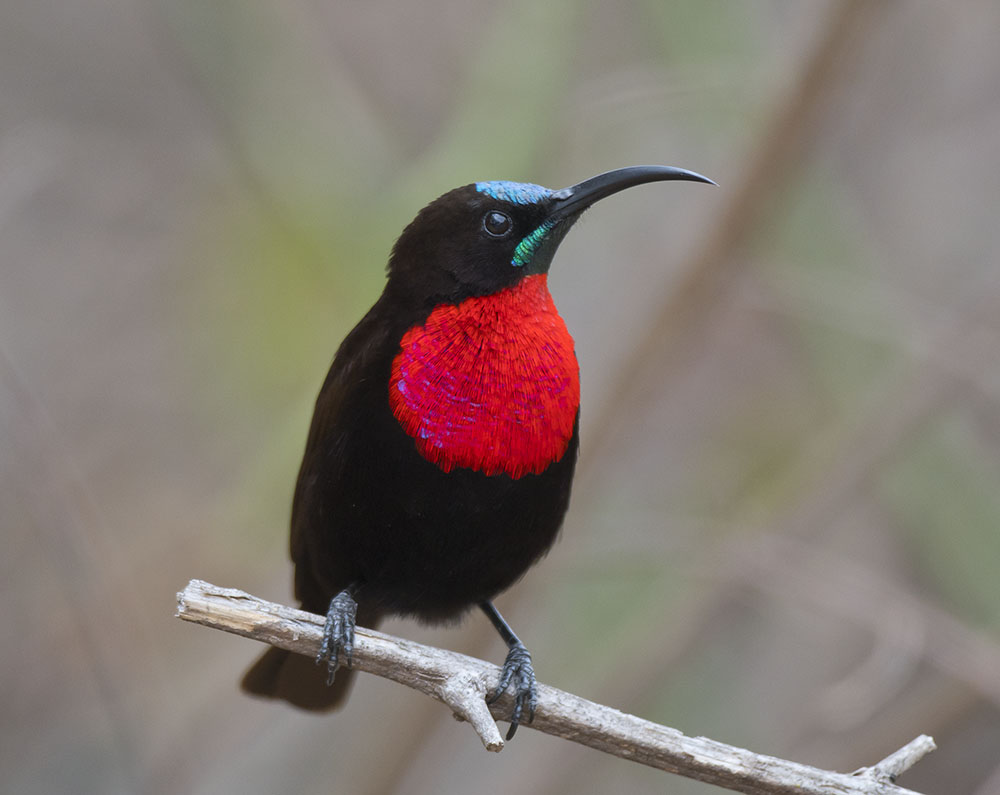
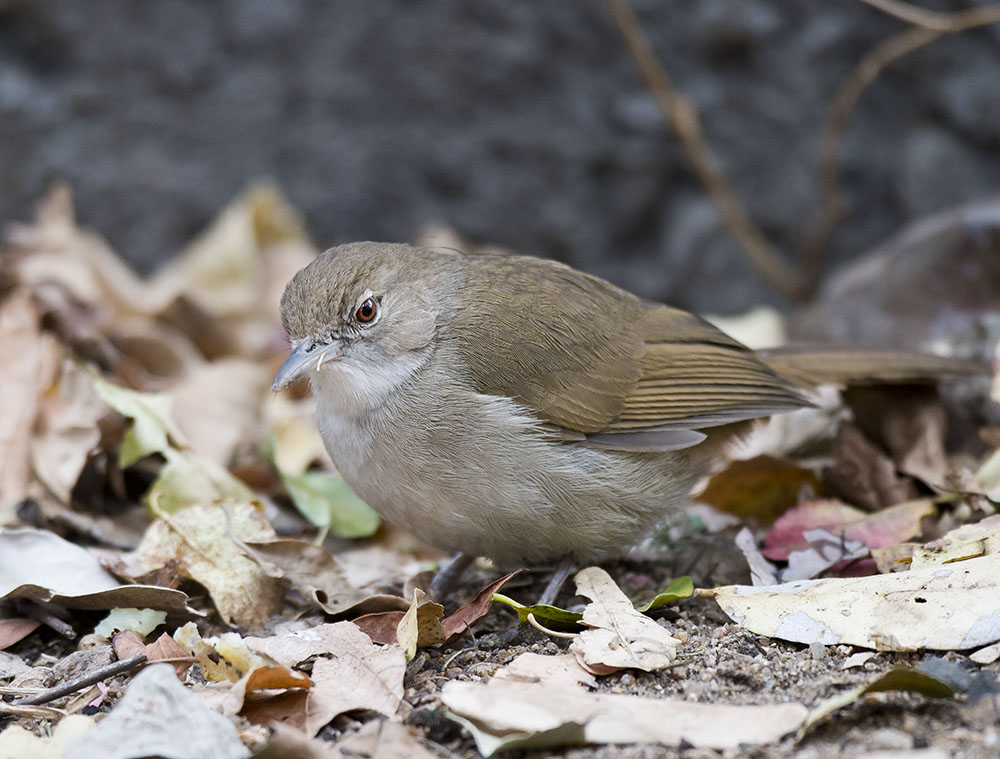
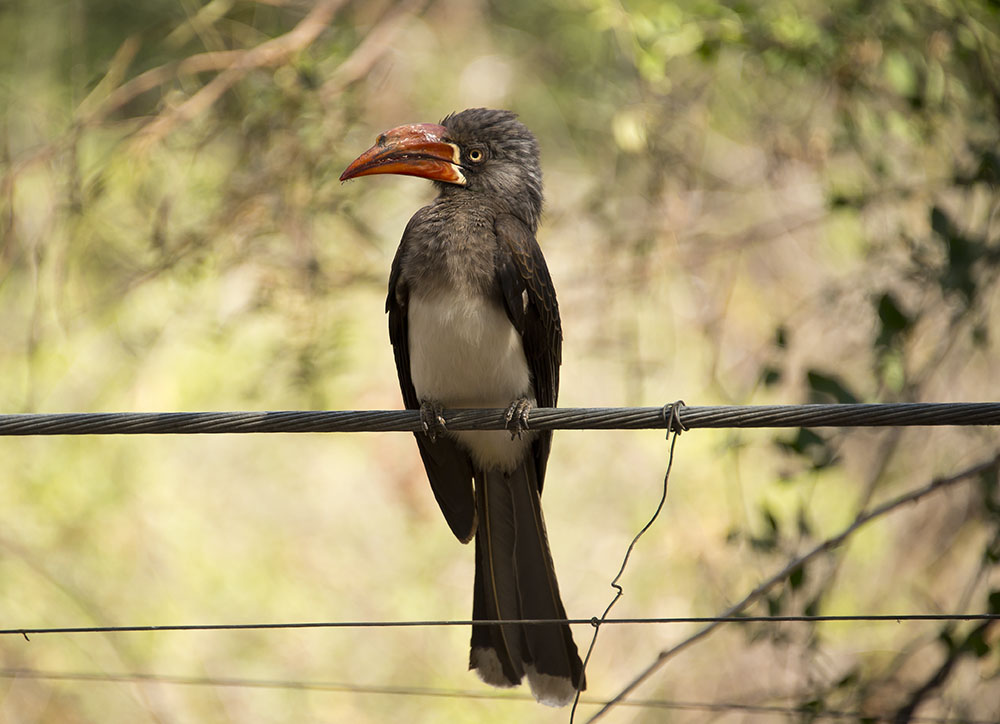
This afternoon we are out along our favourite H1-2 Sand River road.
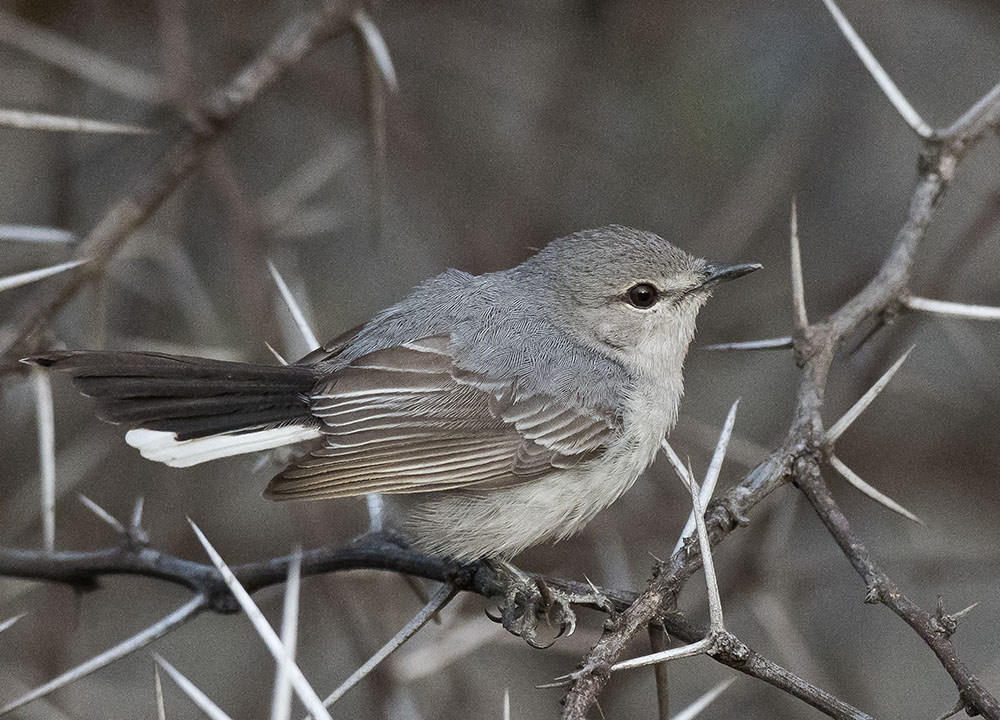
I am delighted to be able to photograph the difficult Grey Tit-Flycatcher (Fantailed Flycatcher). Again, I so recommend to Kruger Park fans that they learn their birds as it opens up such a vast and limitless field of interest in Kruger. I am far from being a bird expert but my goal is to photograph as many species as possible and at present my number sits around 540. It keeps me so motivated and stimulated.
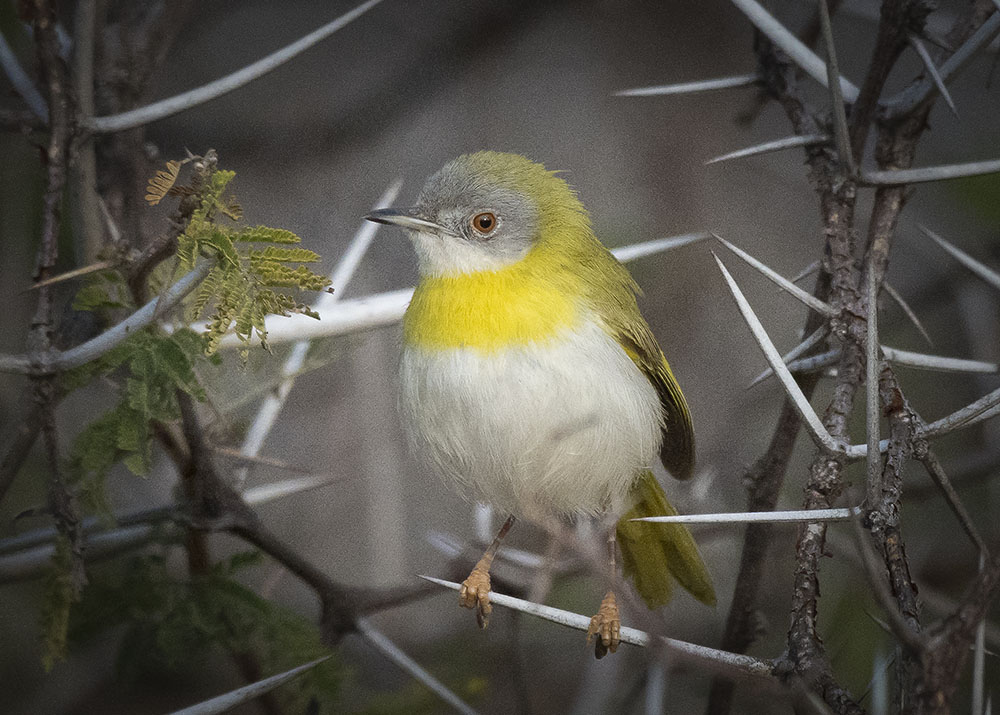
Saturday, 24th Our time is fast running out in Kruger. To make the most of what we have left we are sticking to the river roads and today with a chilly 7ºC start, we set off bound for Lower Sabie for breakfast. Whereas in mid-July the sun rose at 6.42am, now it is at 6.11am. Coffee on the high-level bridge and then down the beautiful H4-1 on a perfect morning.
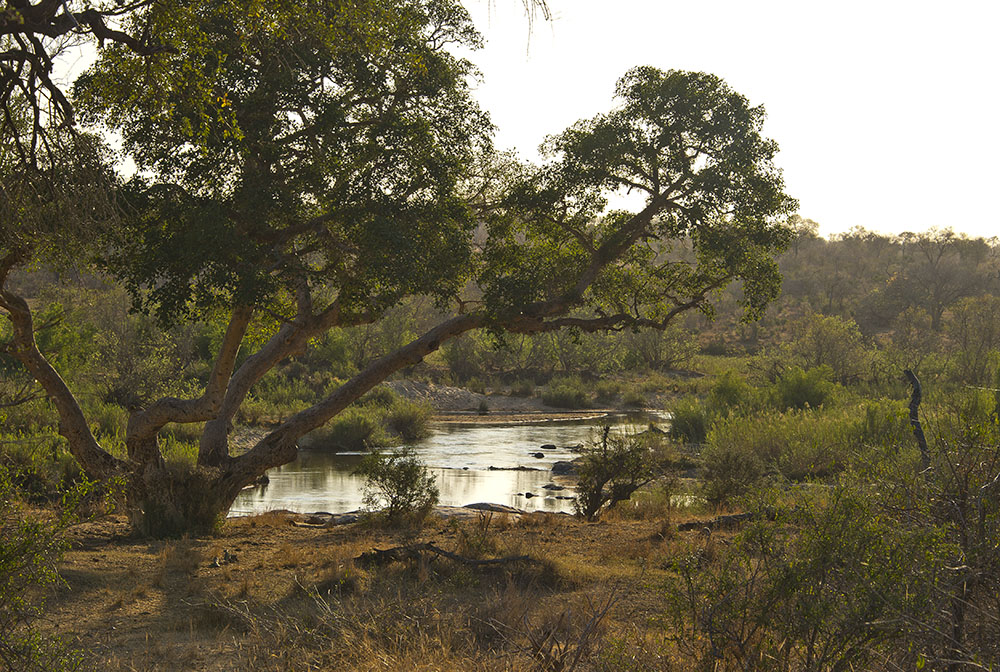
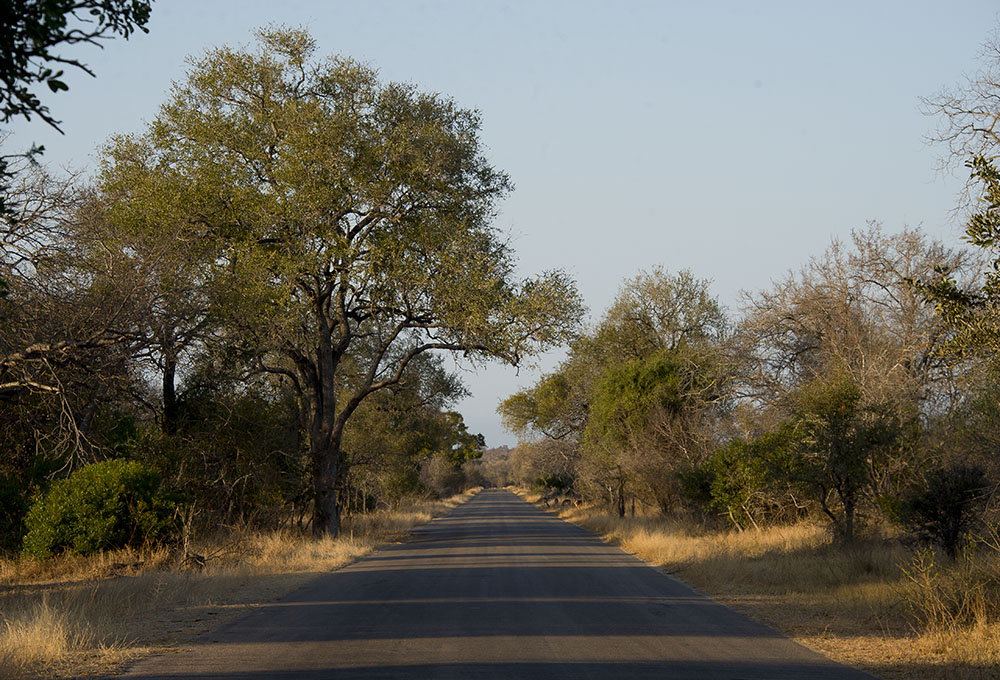
After two miserable days, the birds are really out in full force today.
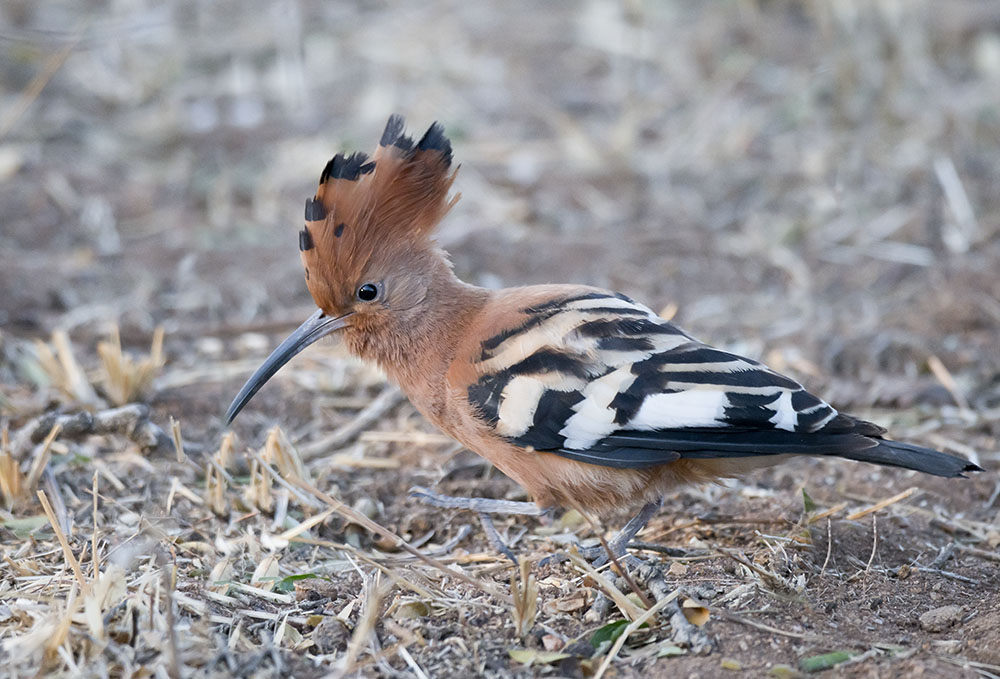
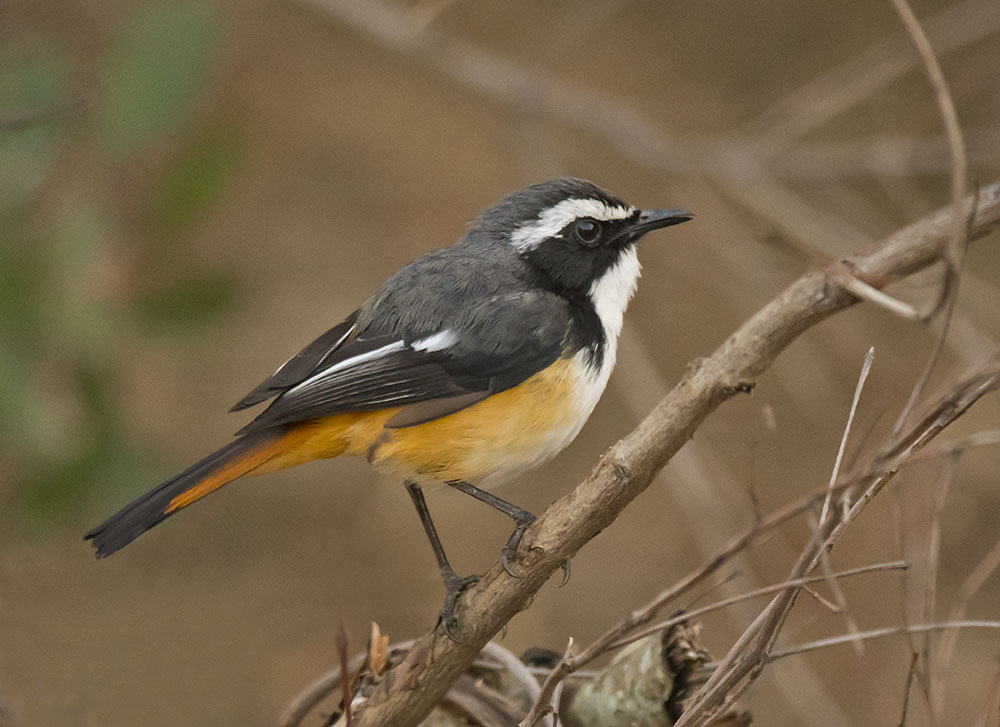
A cloud of dust on the far river bank can only mean a herd of buffalo
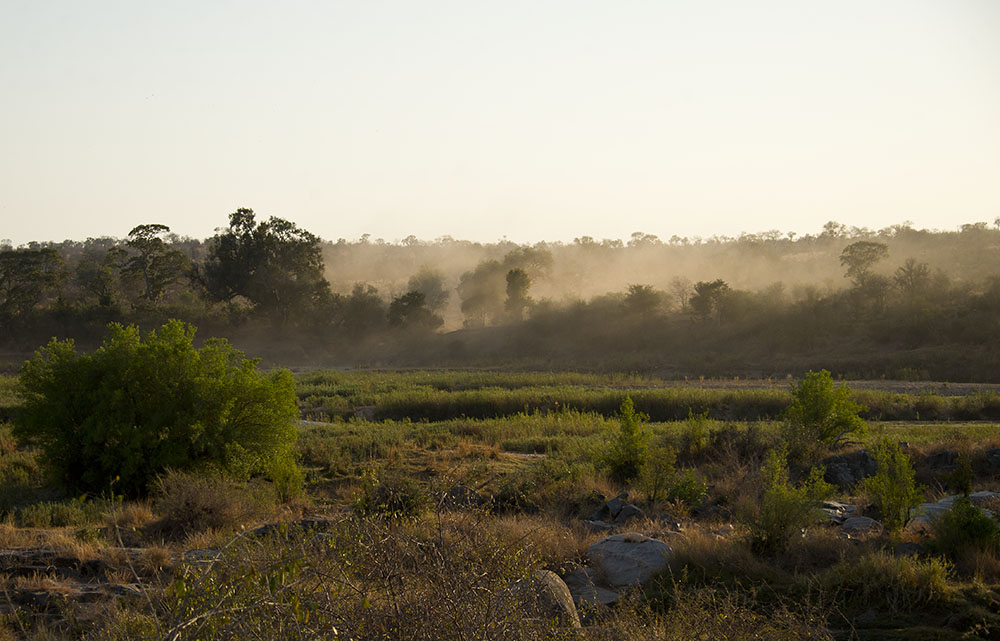
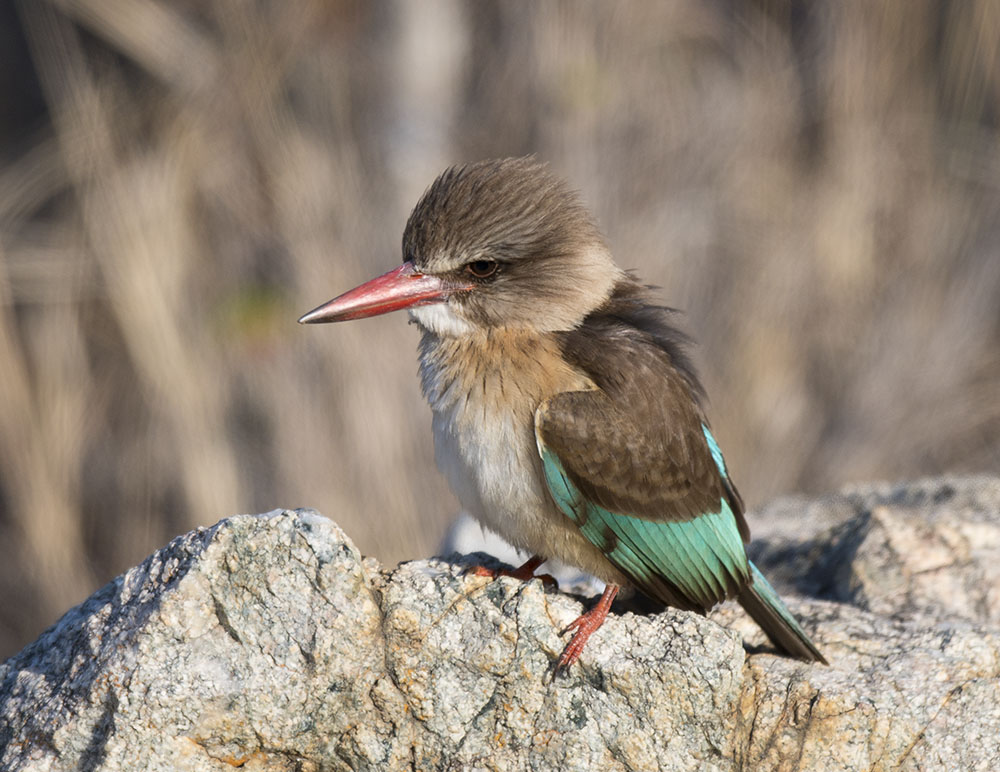
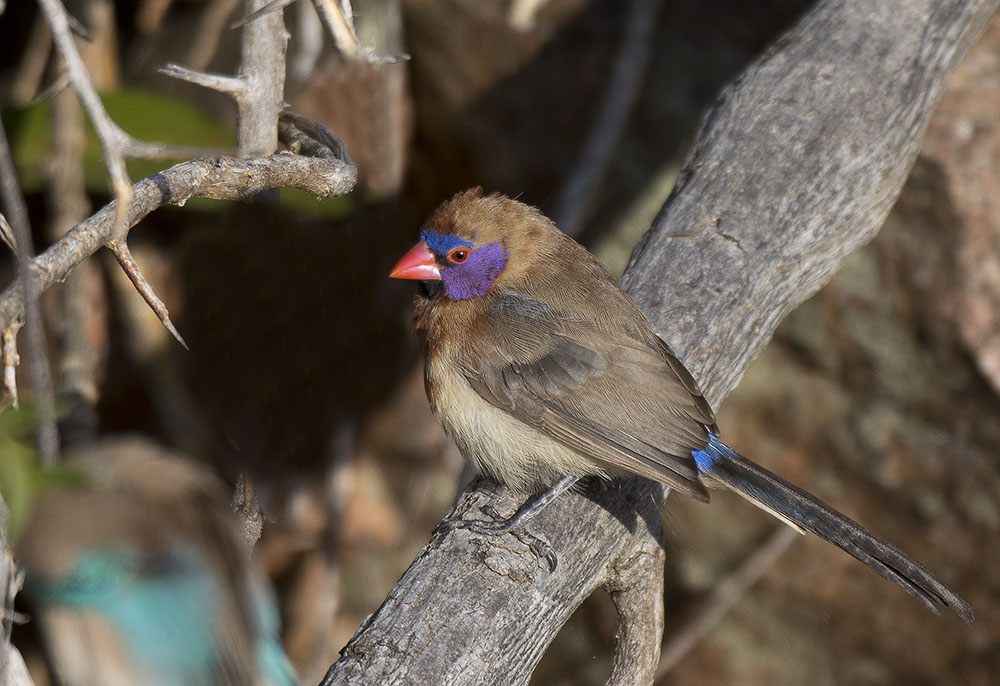
Arriving at Sunset Dam just outside Lower Sabie Camp, we find a large herd of buffalo drinking.
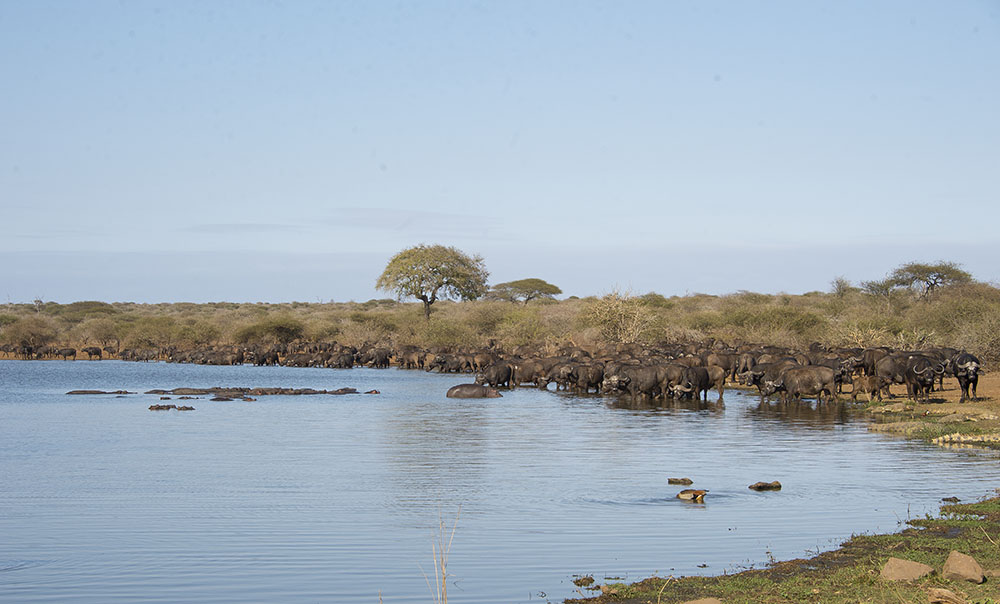
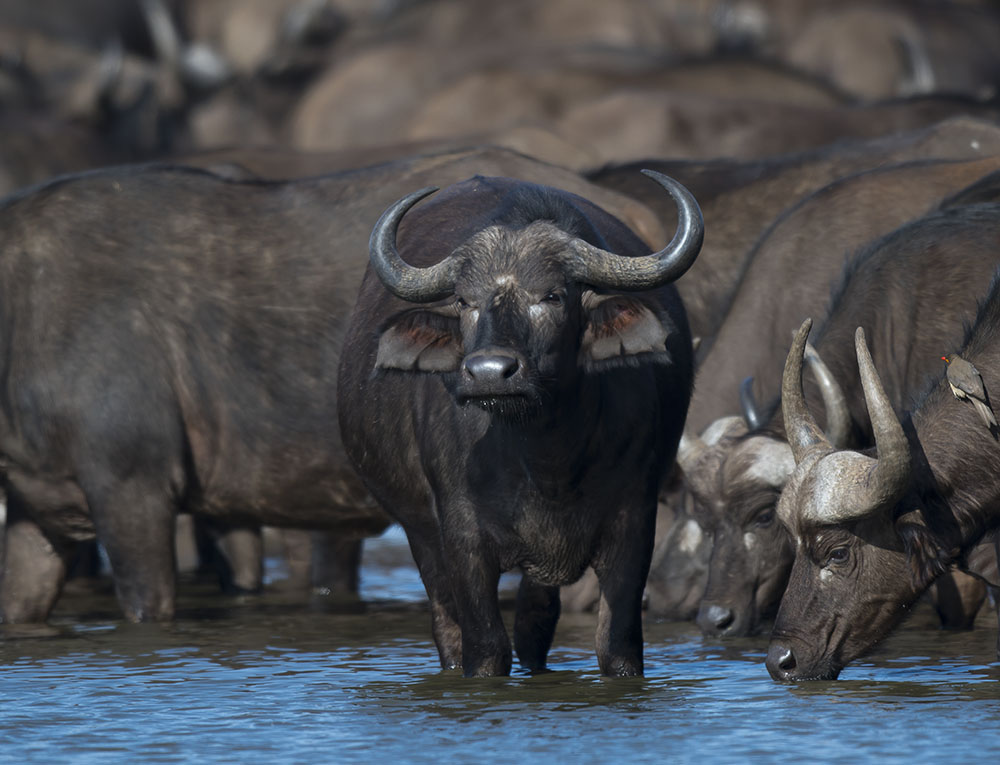
Down on the H10 bridge over the Sabie there is no sign of the African Skimmers but I do find this White-fronted Bee-eater instead.
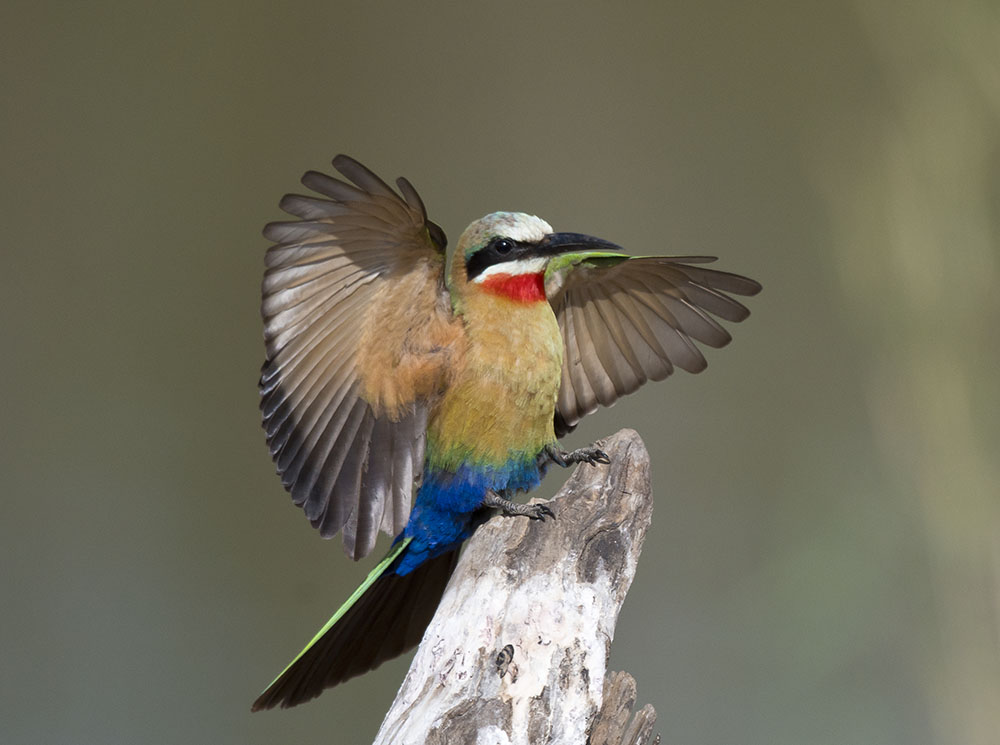
Our Mugg & Bean breakfast on the restaurant deck is interrupted when someone spots a leopard amongst the reeds on the far side of the river. Meals are abandoned as everyone lines the railings of the deck.
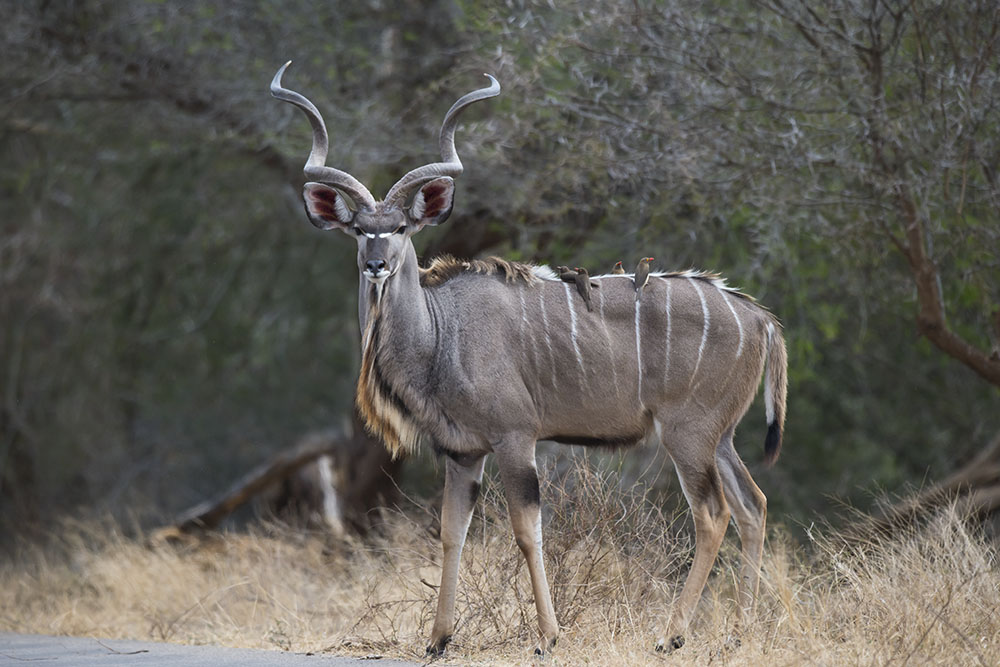
This afternoon we go out again to the Sand River. No sign of the baboons but the resident Giant Kingfisher keeps me entertained.
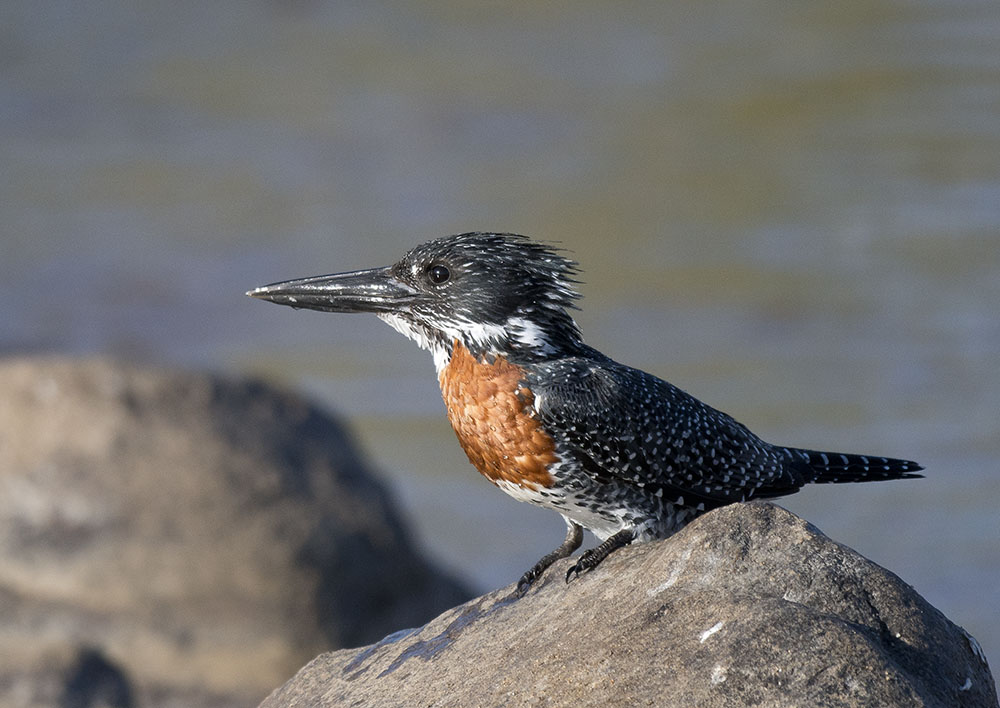
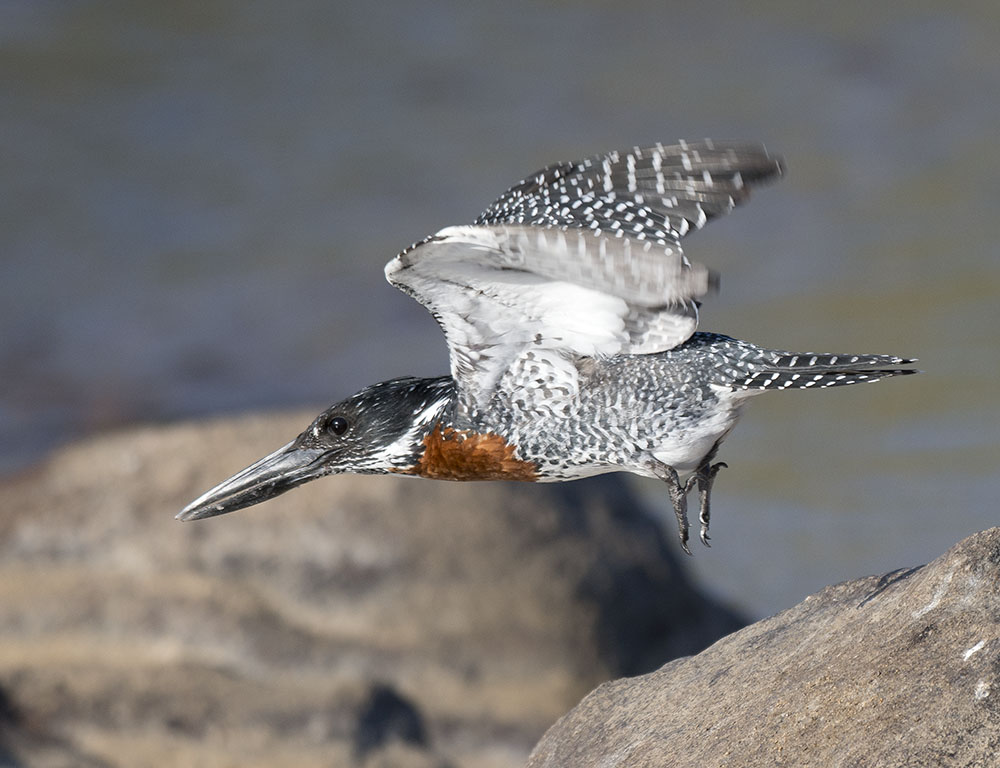
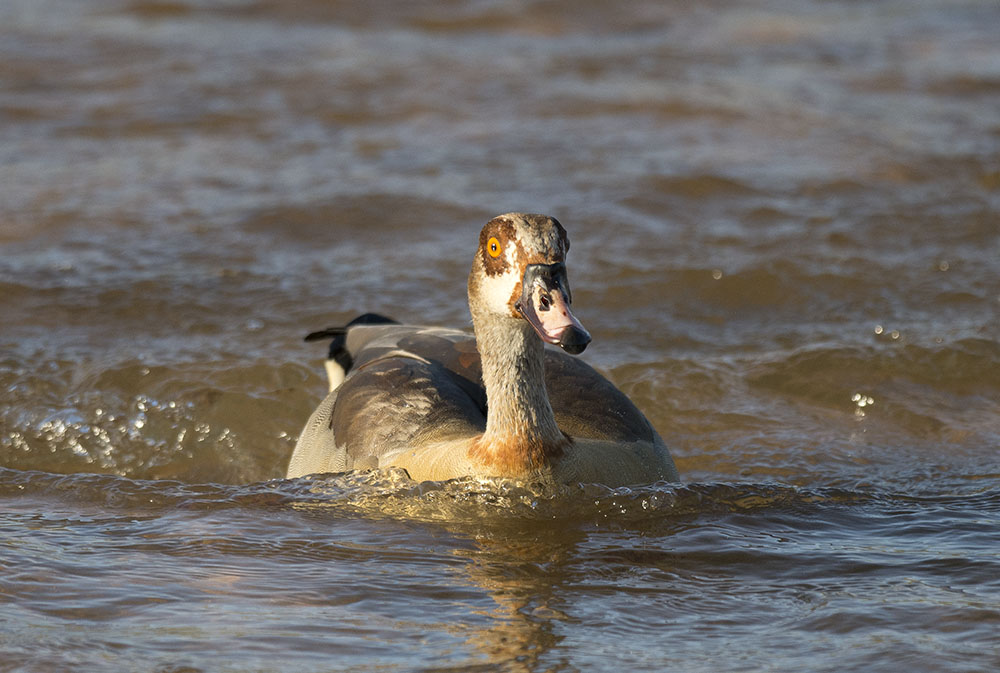
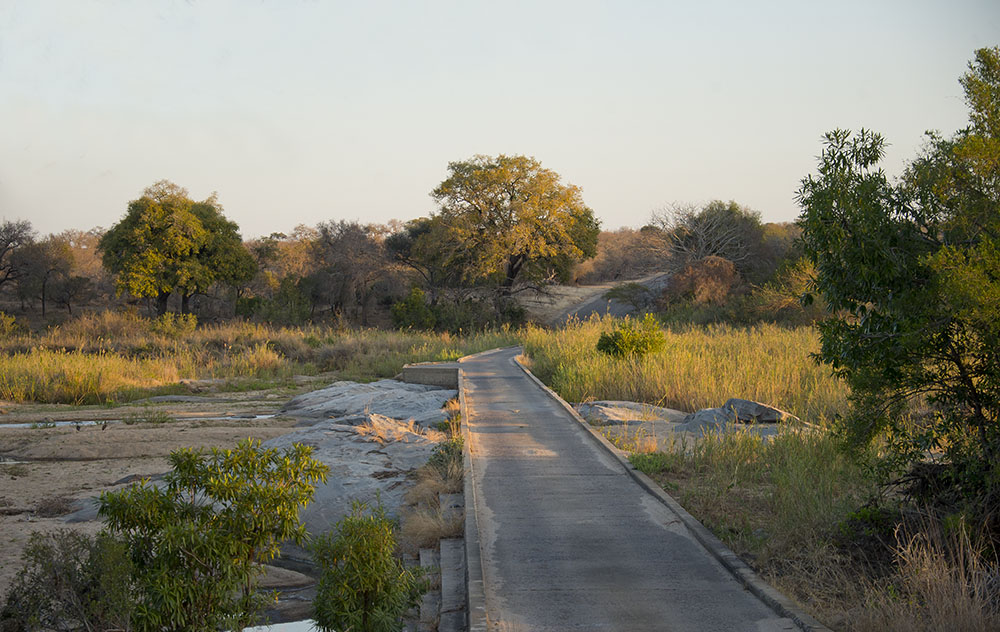
Crossing back over the Sabie River we take that little loop road by the river where the last rays of the day are still shining.
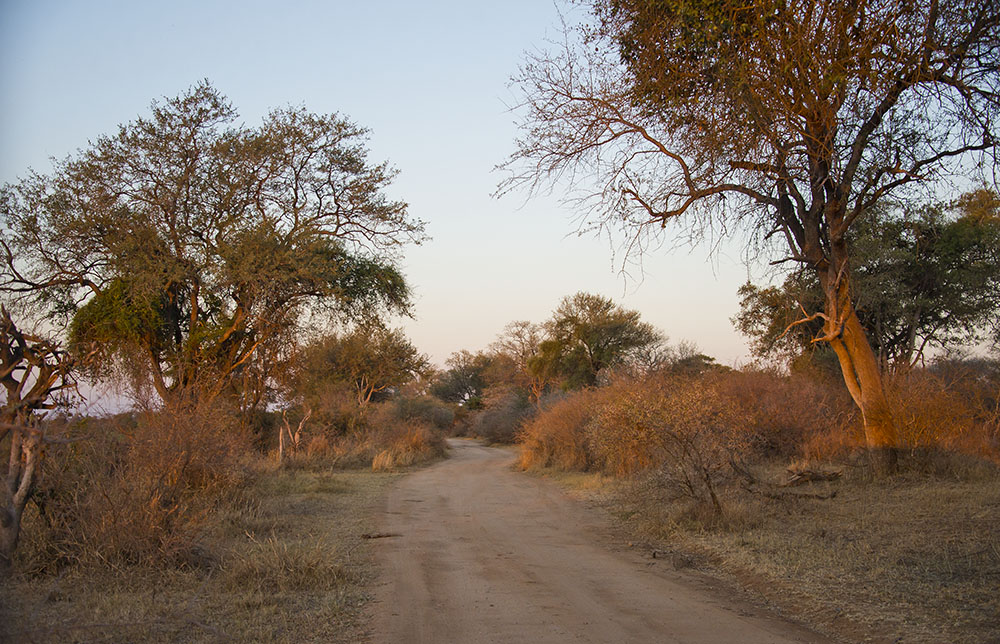
We then come across yet another herd of buffaloes.
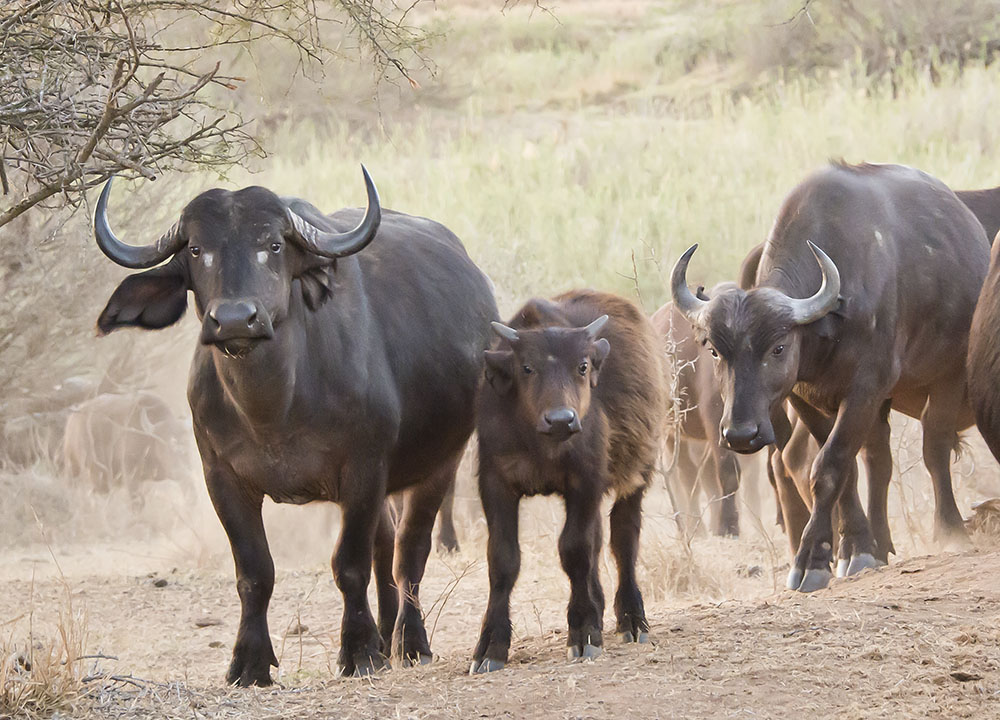
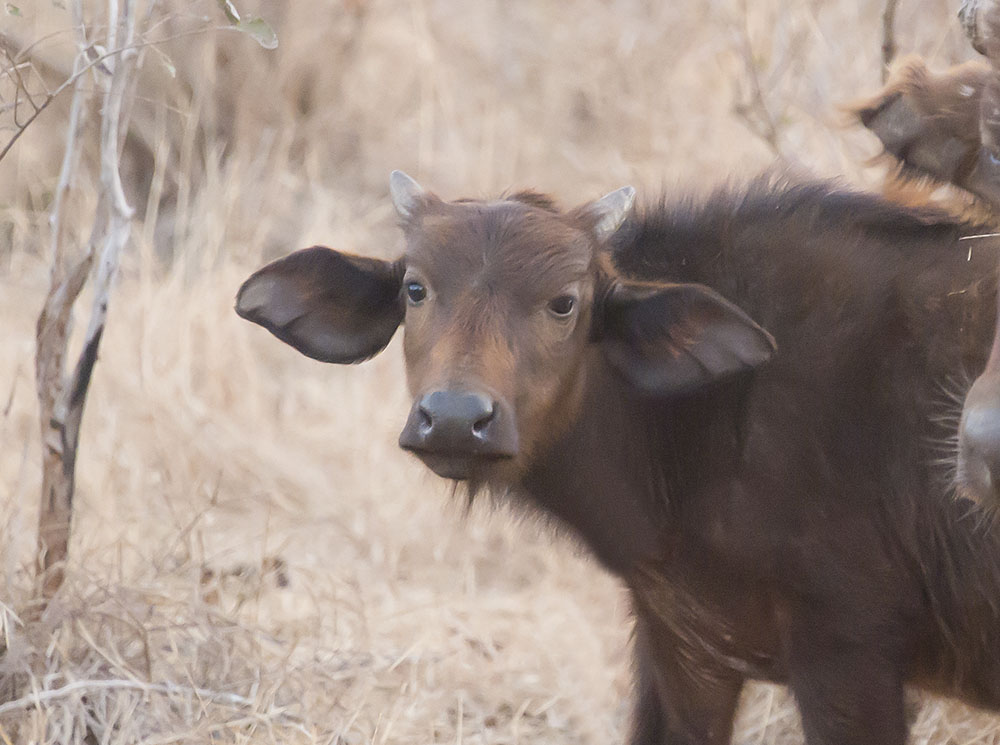
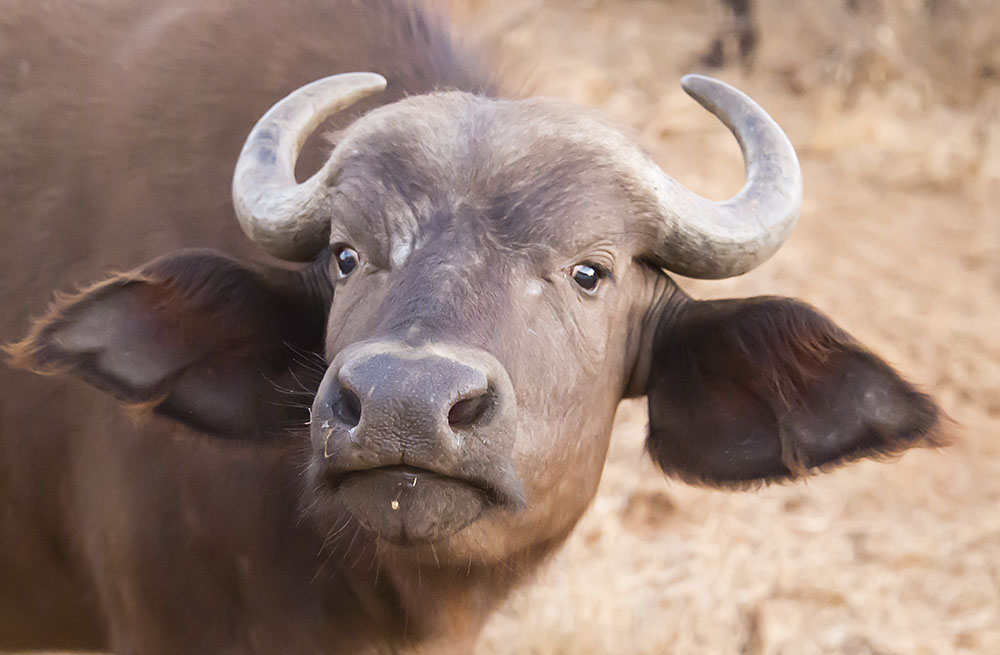
Sunday, 25th This is our last day and all traces of the mini cold front have past. In vintage Kruger weather we again take the H1-2 over the Sand River, we pass a battered old lioness and then have our coffee on the high level bridge over the Sabie.
Then down the H4-1 road to the Nkuhlu Picnic Site. The birds always take a couple of hours to get going after a chilly start.
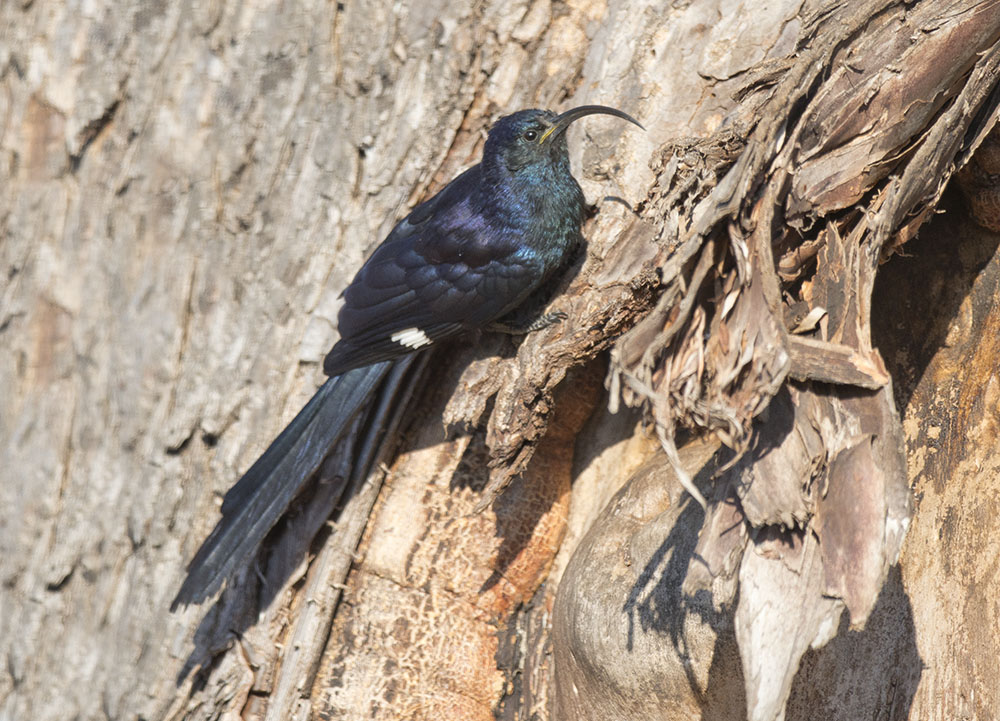
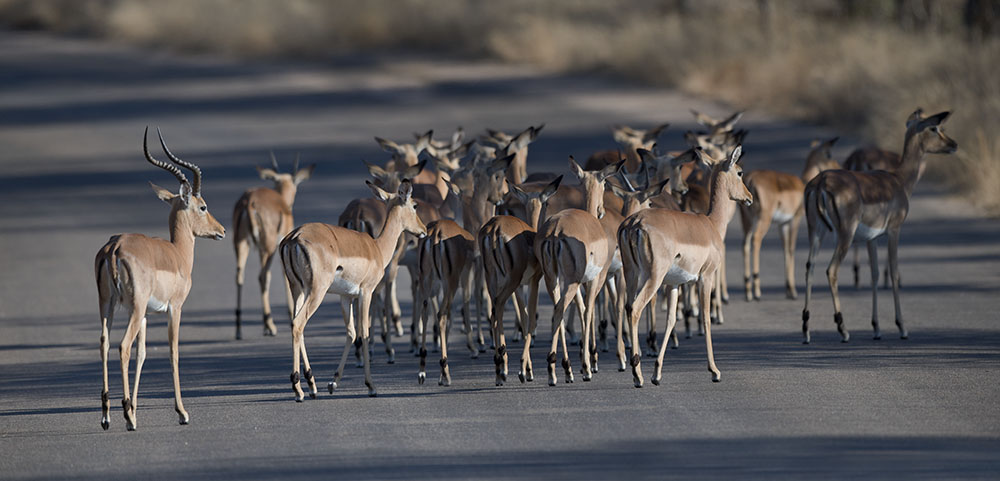
After Nkuhlu and back on the high level bridge, a Cape Clawless Otter fleetingly shows itself and then disappears
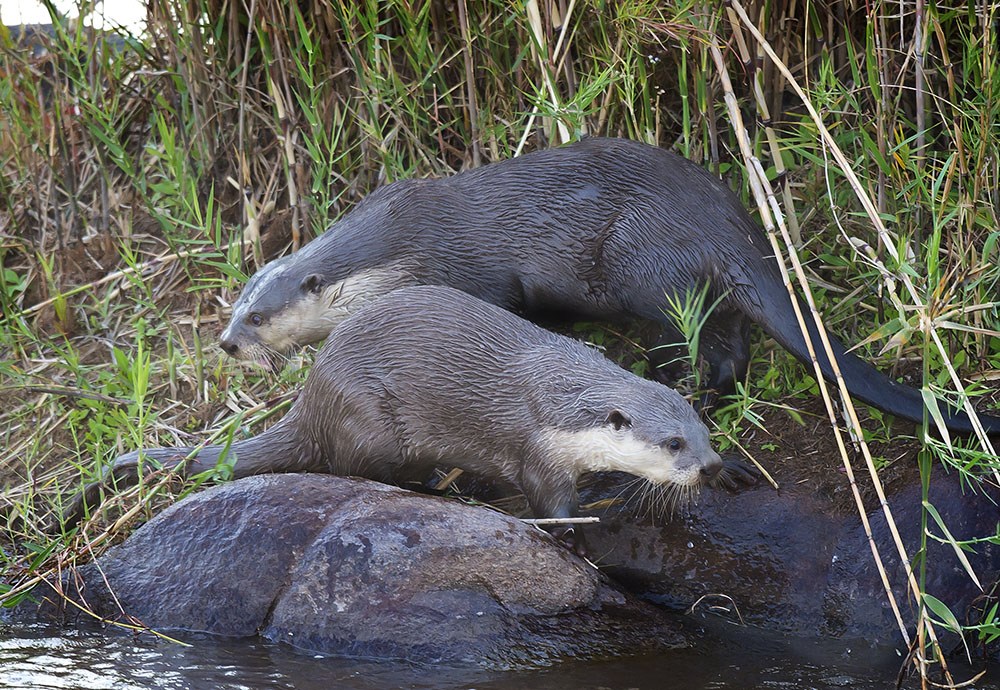
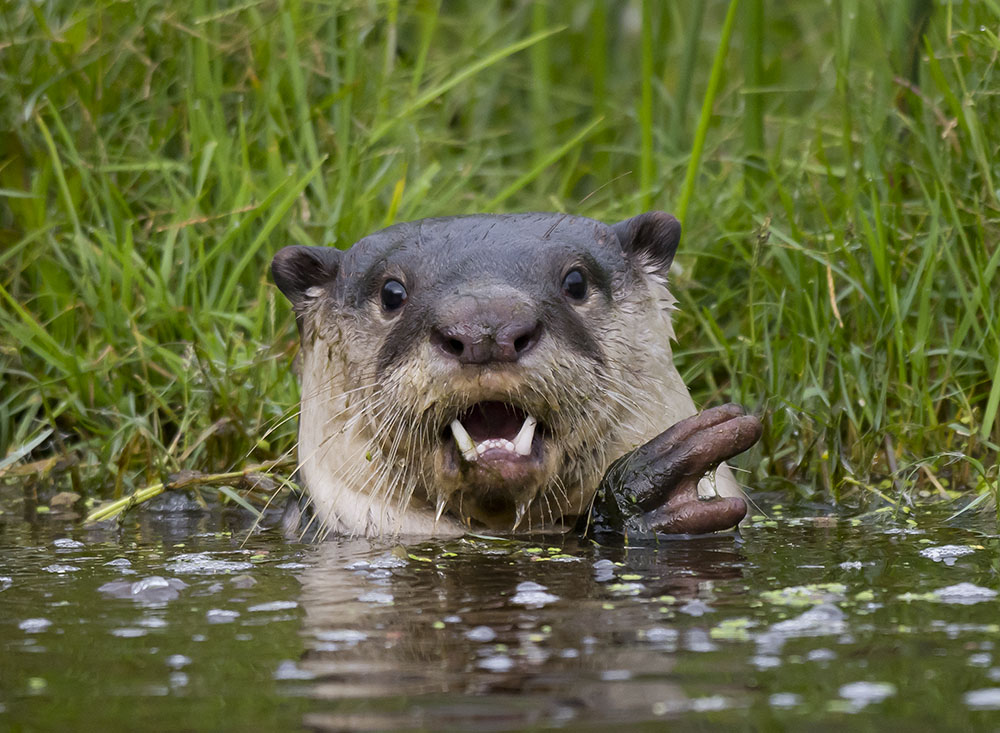
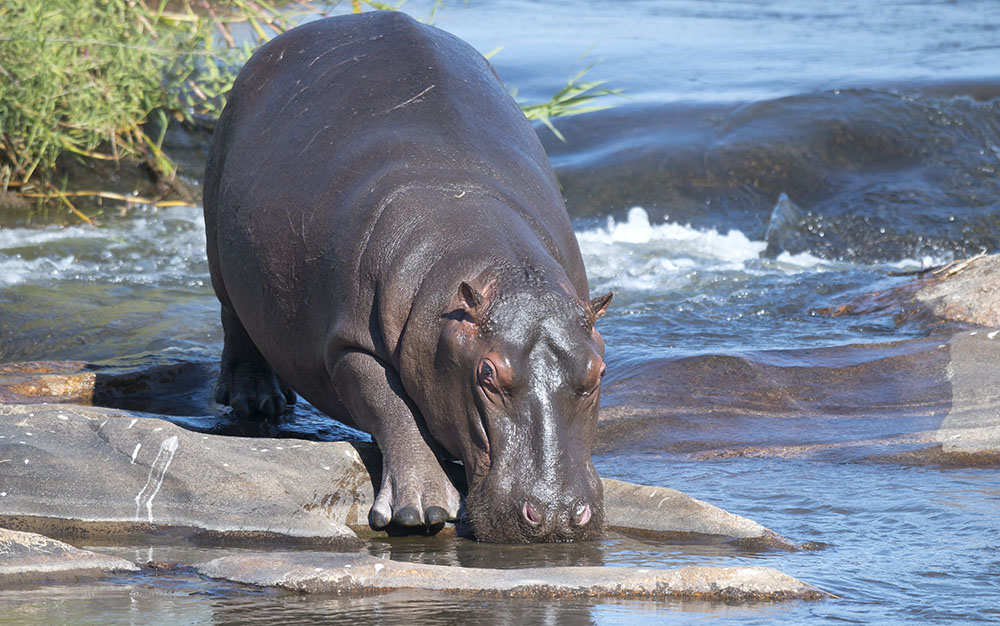
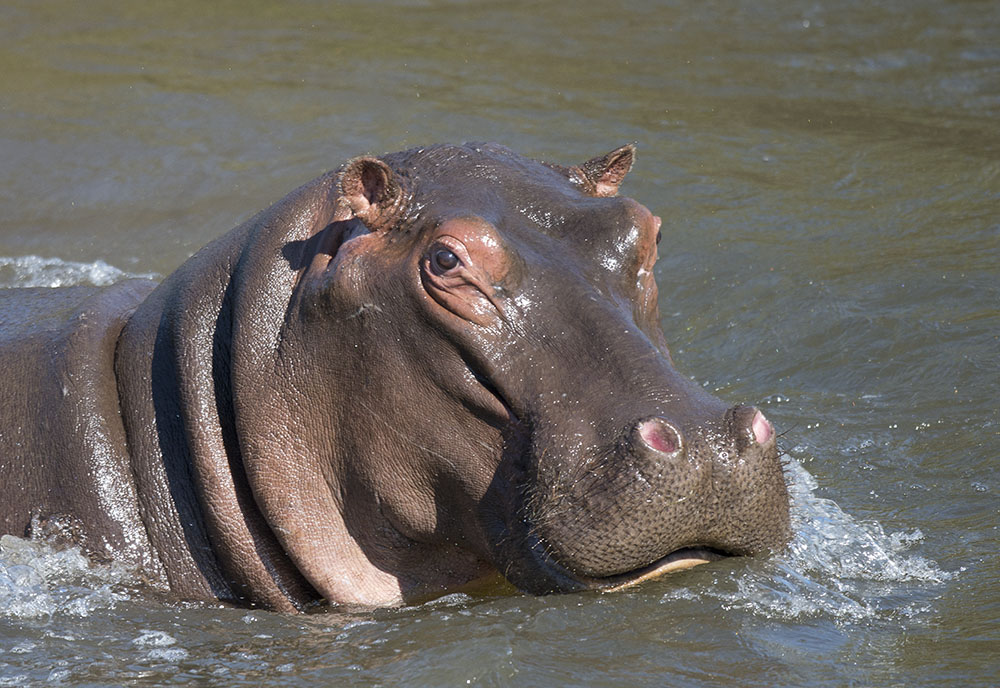
Coming back up the road towards Skukuza we come across a pride of lions crossing the road.
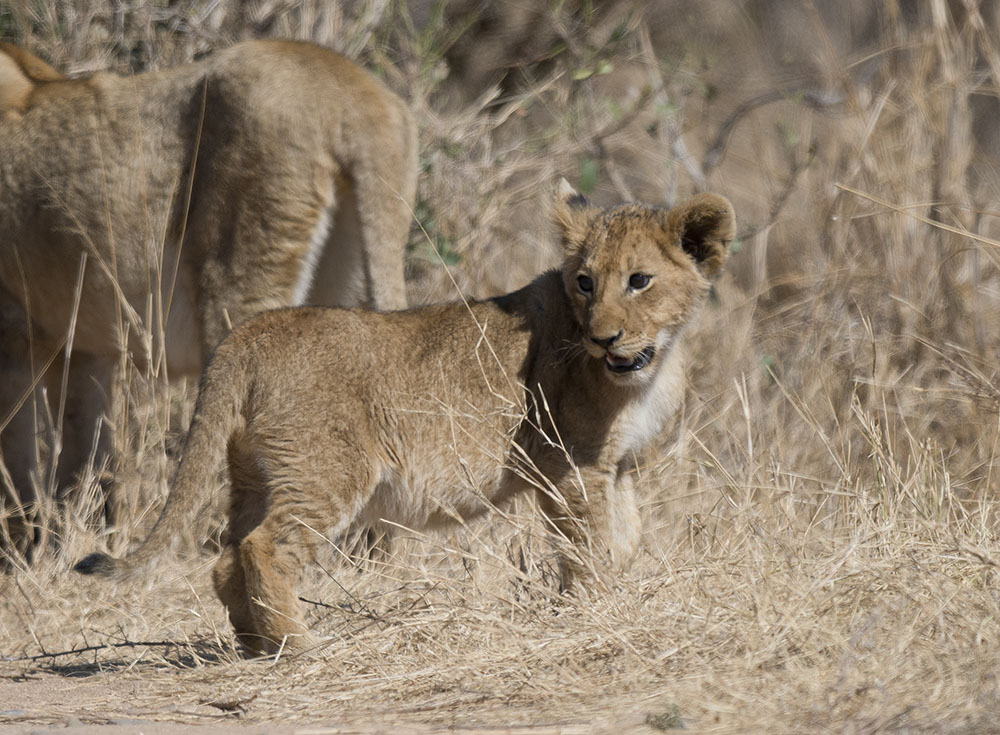
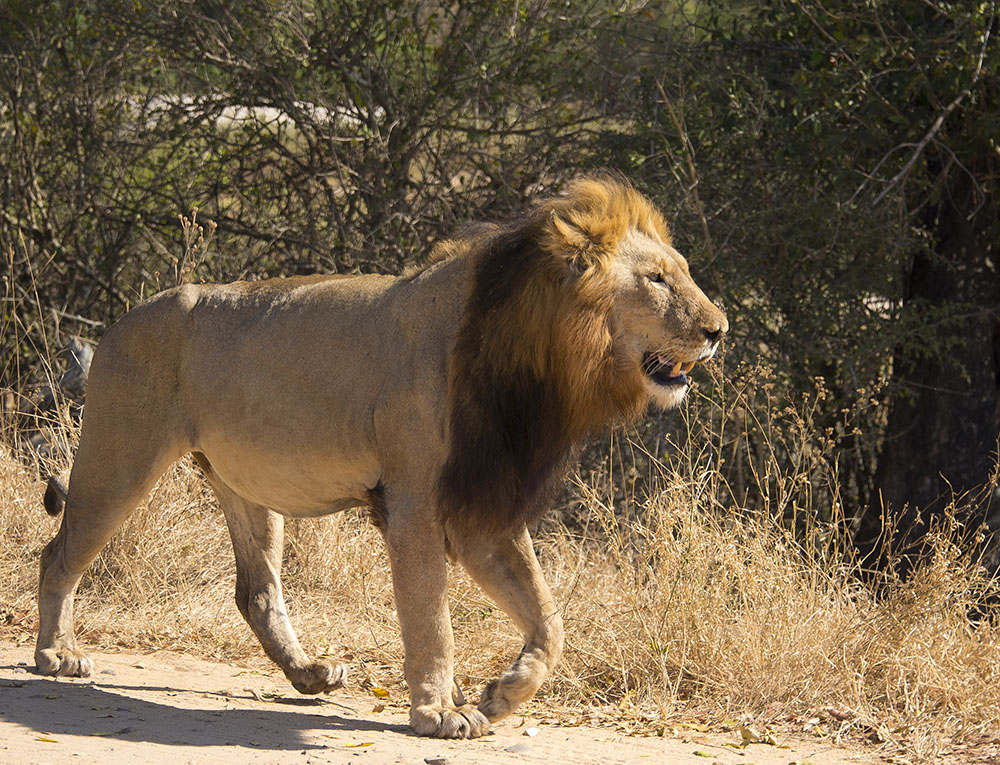
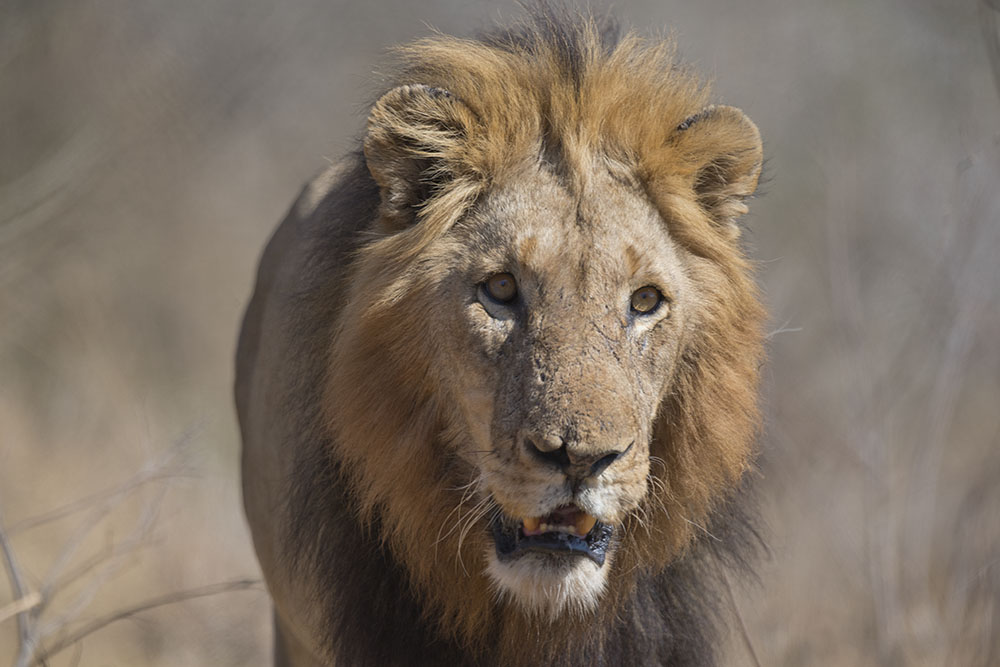
And that dear folks marks the end of a truly wonderful six weeks in Kruger. So much have we enjoyed it that we already have a repeat booking for next winter – first Ballito and then Kruger. Meanwhile my brother-in-law Steven and I will be returning to northern Kruger in January for a bird photography couple of weeks, rather like we enjoyed in Etosha earlier this year. And then in April our whole family is reuniting in Lower Sabie and Skukuza for ten days. John and fam from Somerset West, David and fam from Melbourne Aus, Gareth and fam from England and Warren from Somerset West as well as all seven of the grandchildren. Photography and blogs may prove difficult but it should be great fun.
Thank you for your company these past three months.

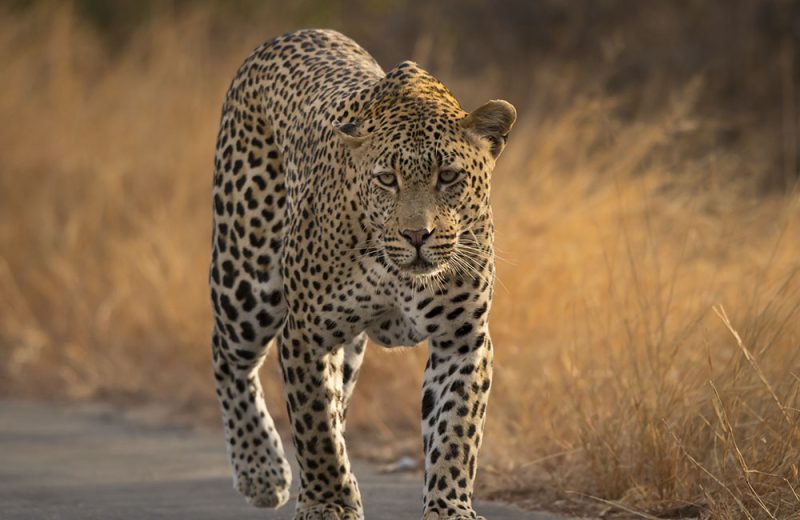
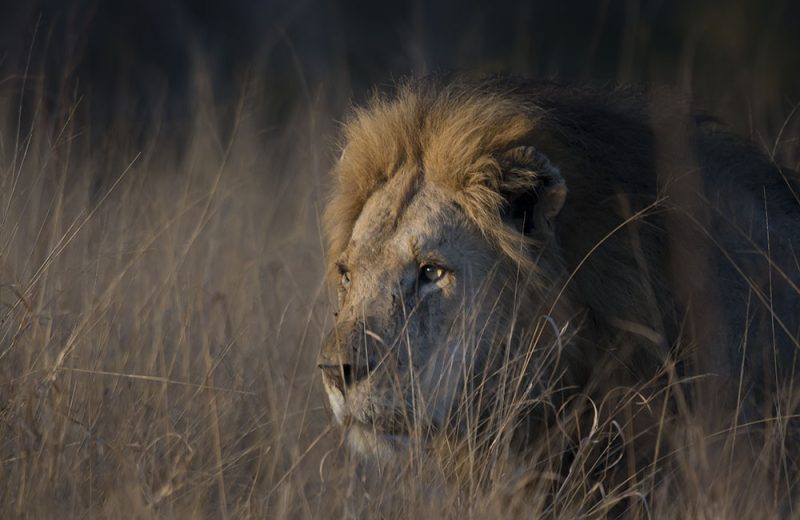
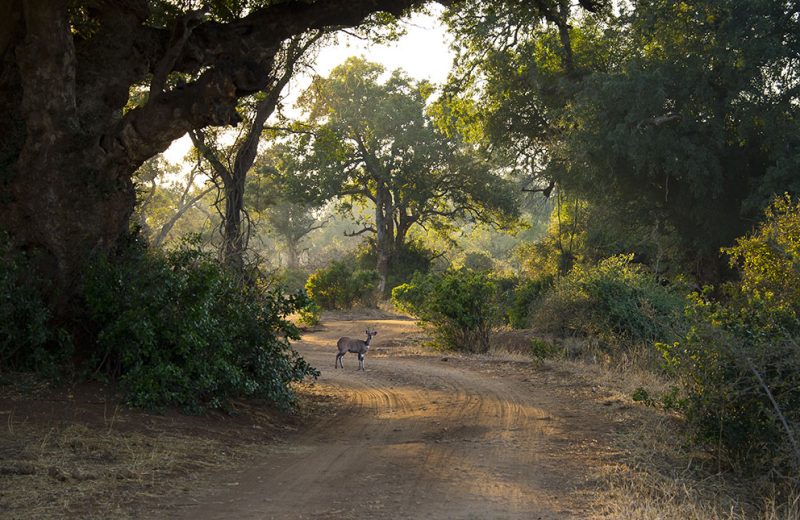
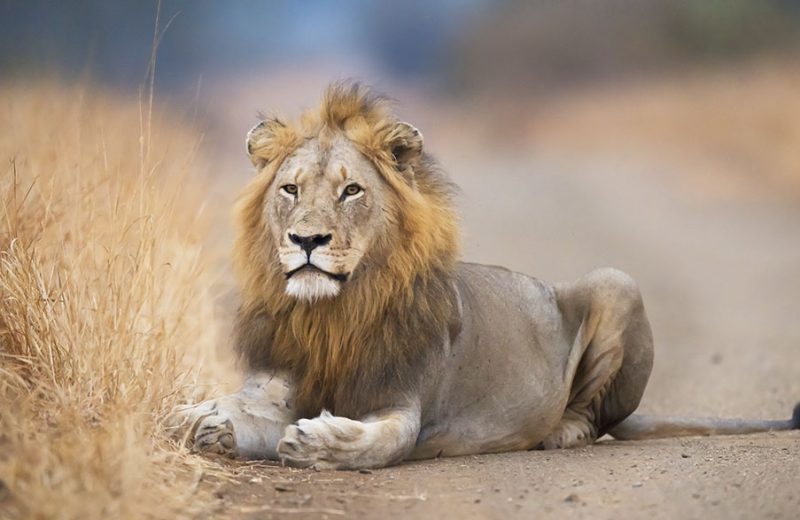
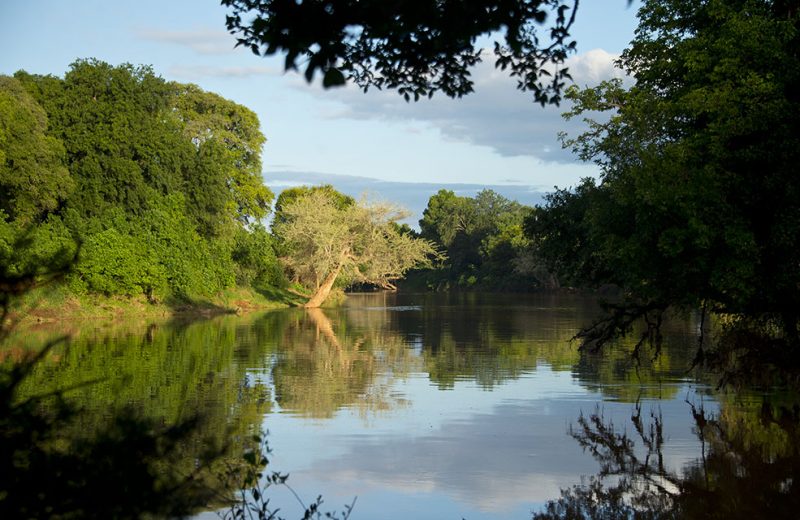
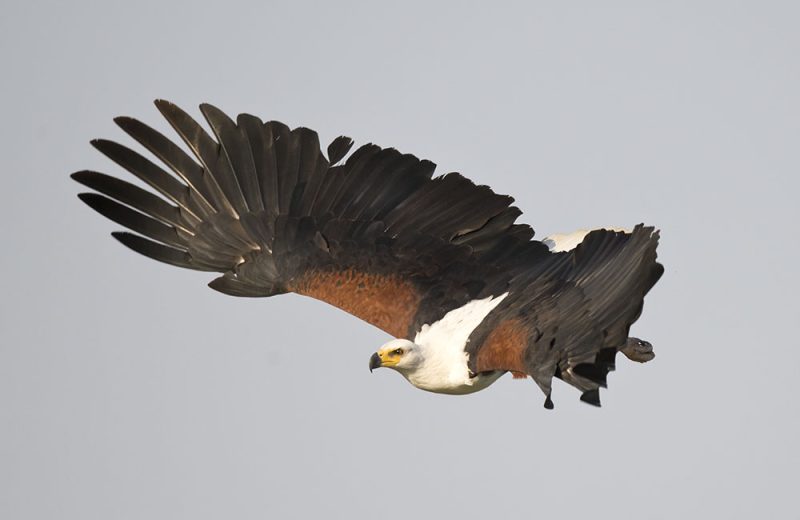
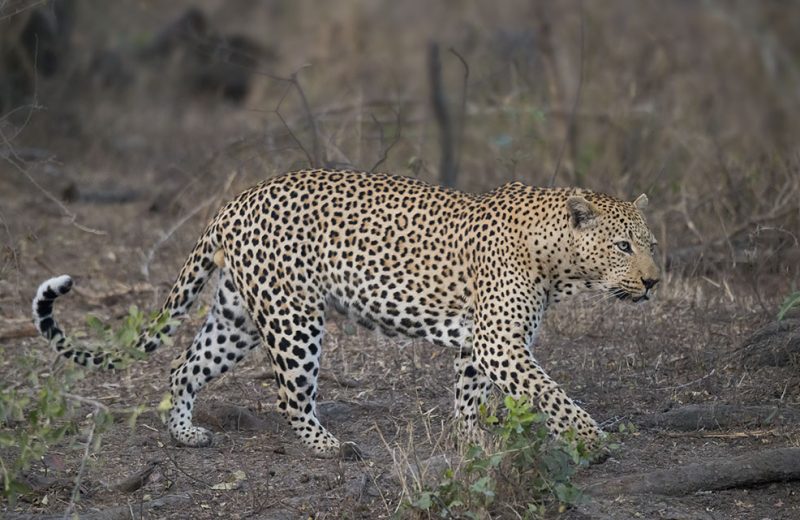
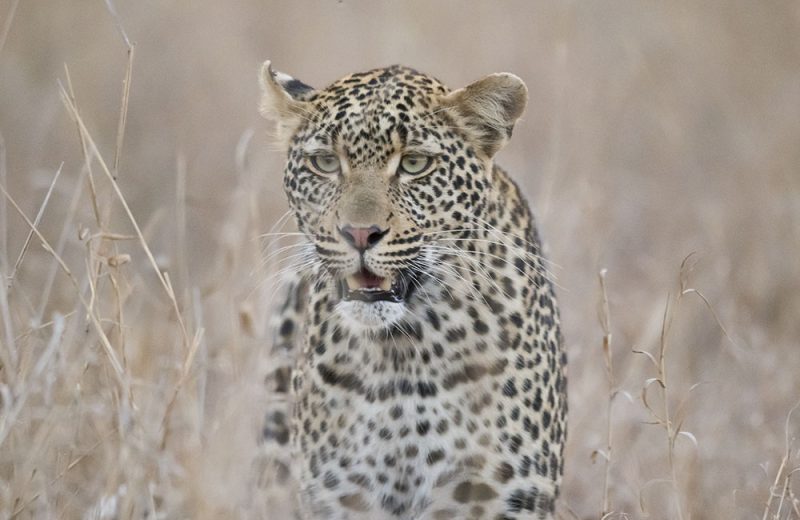
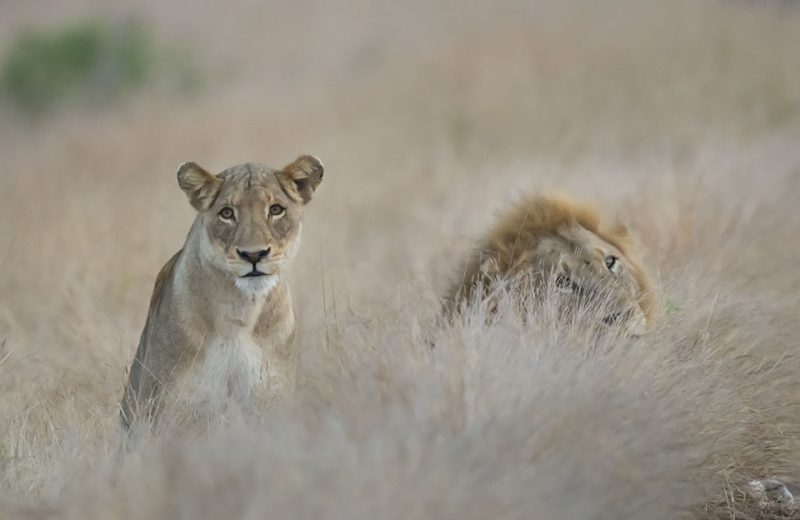
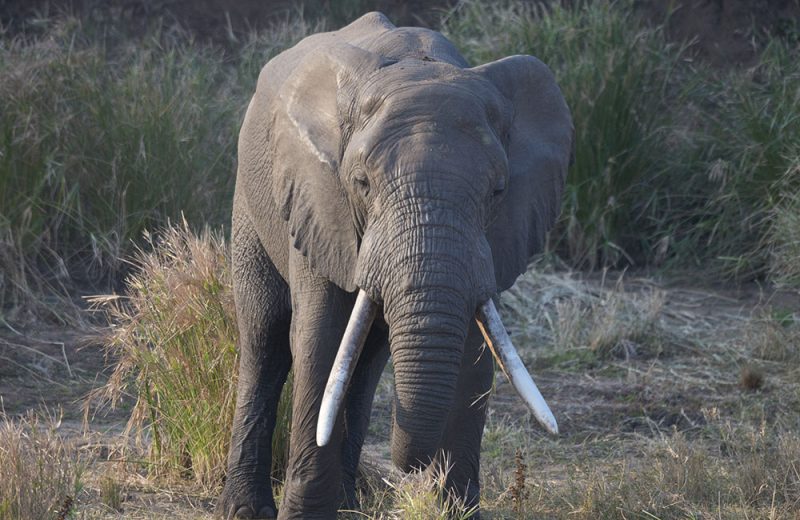
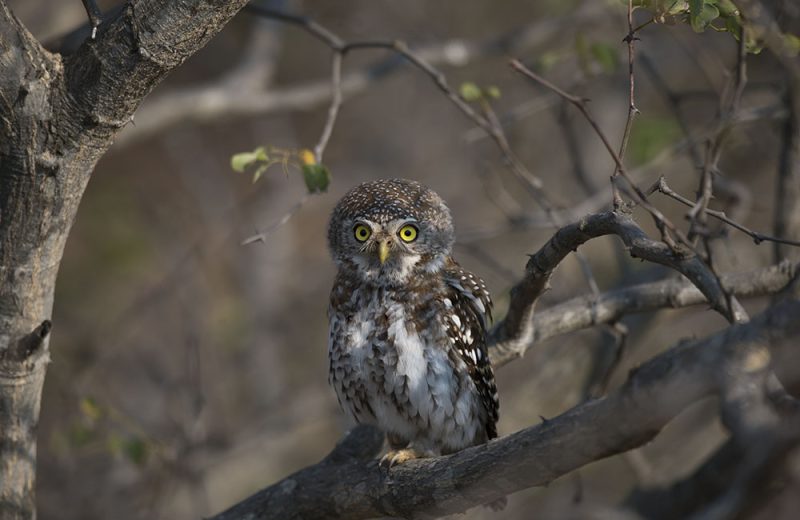
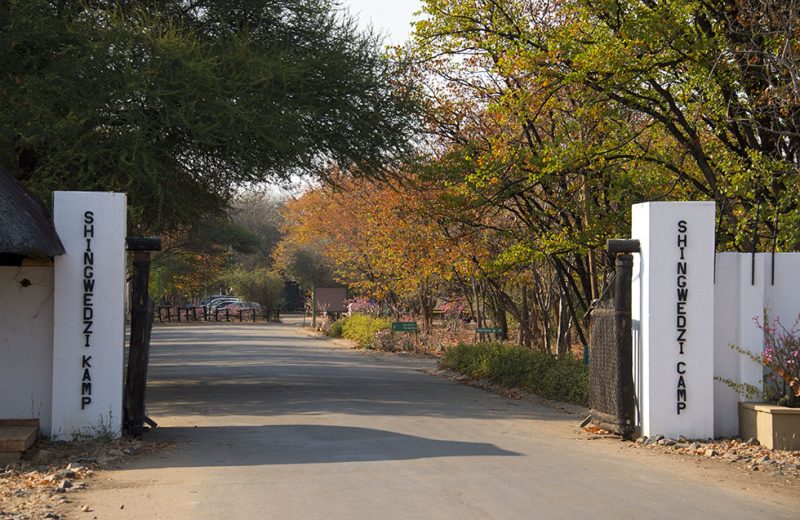
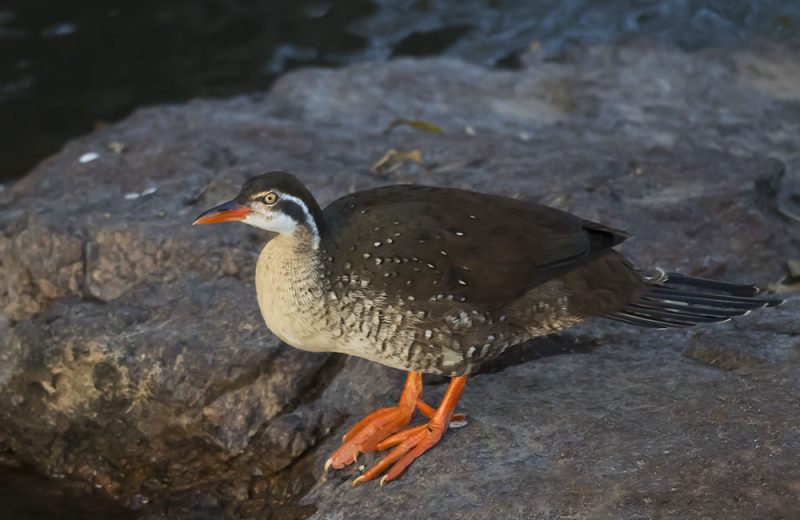
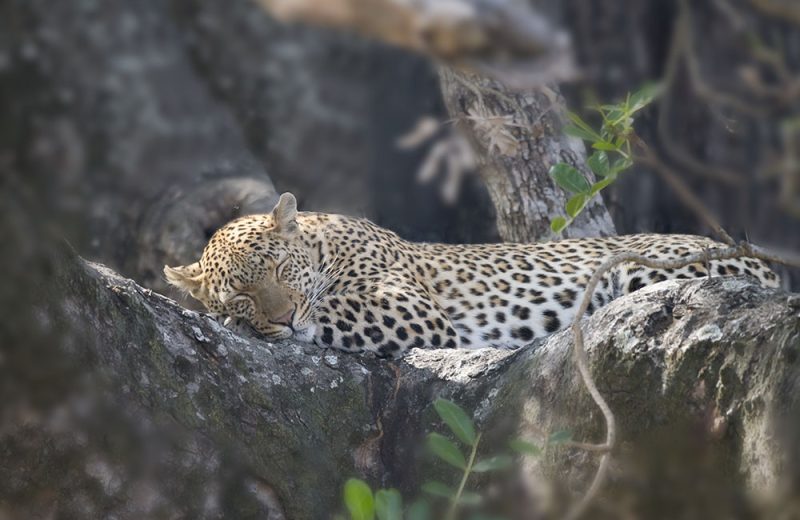
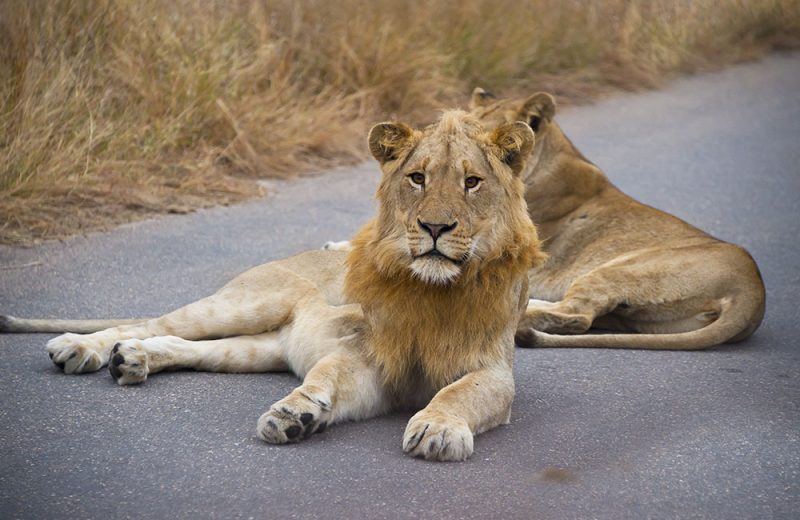
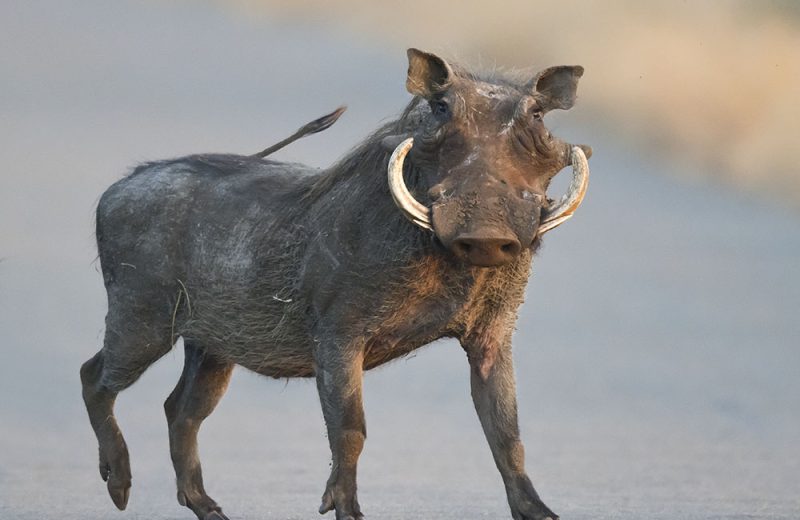
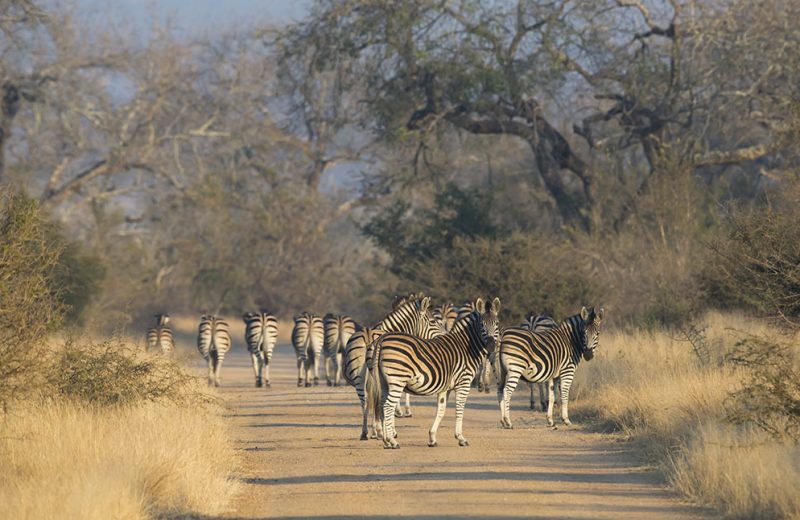

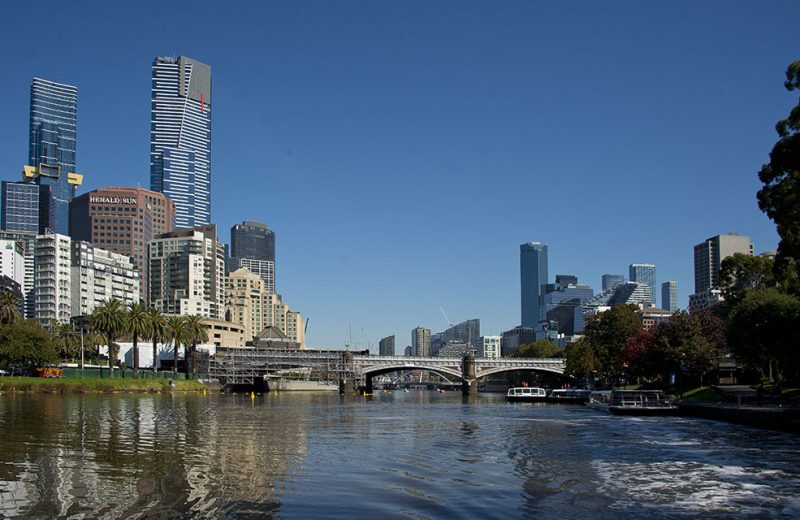
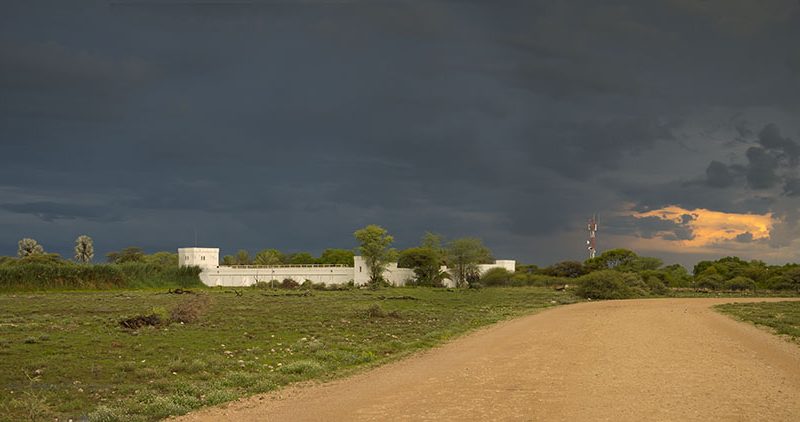
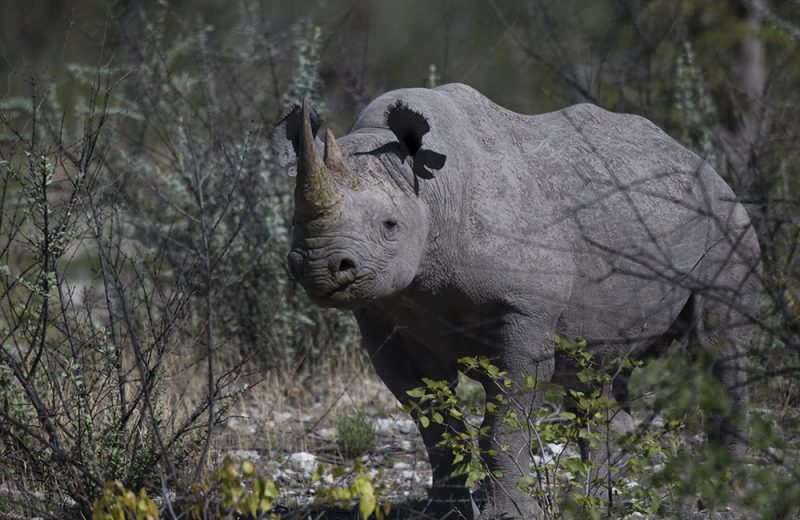
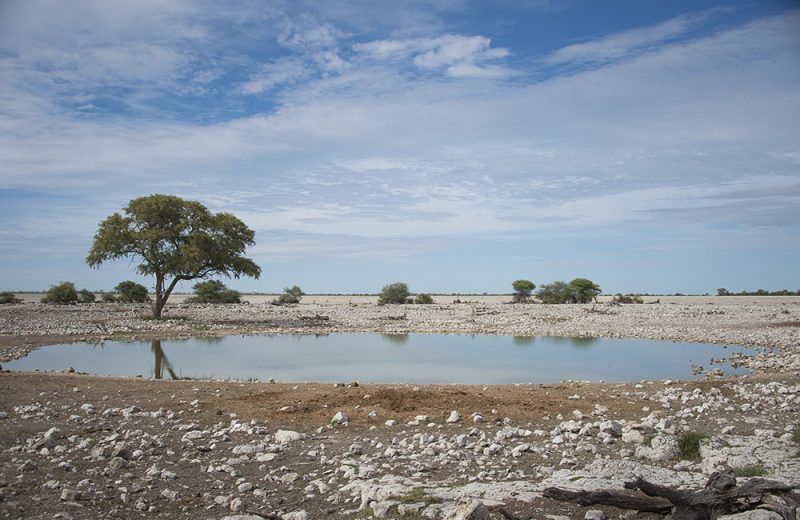
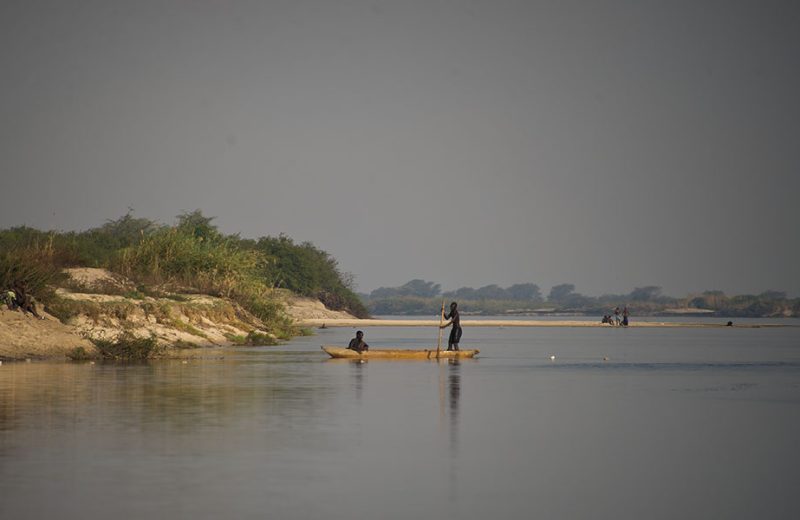
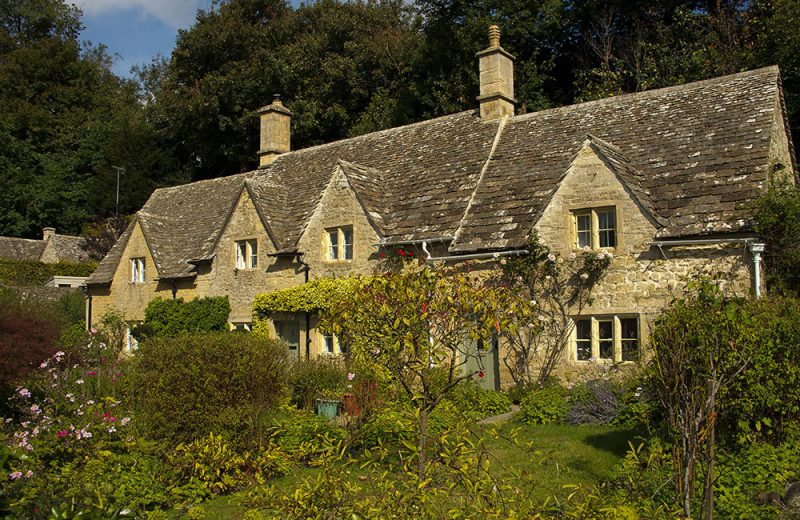
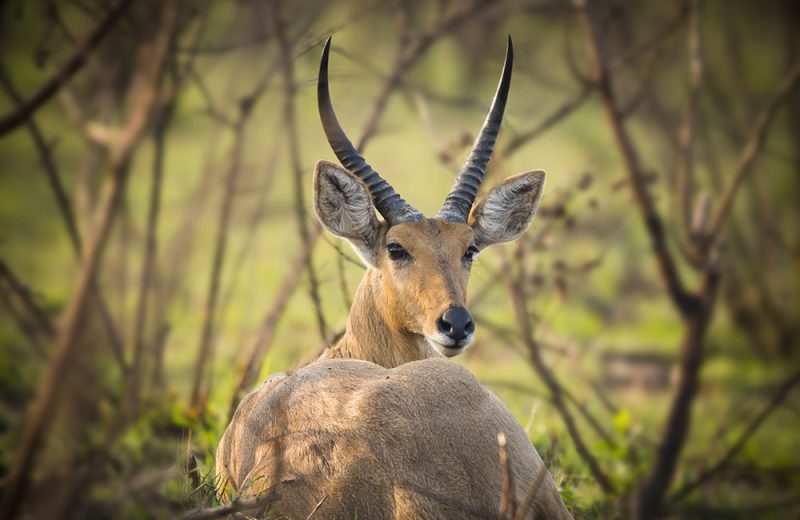
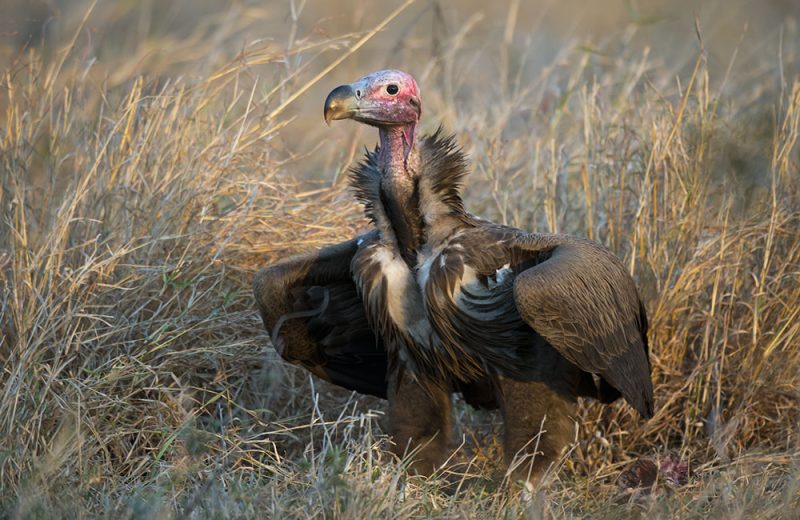
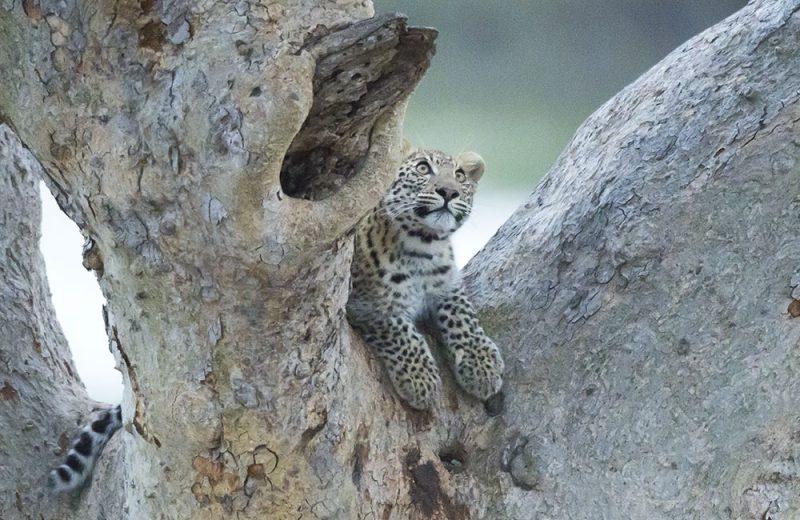
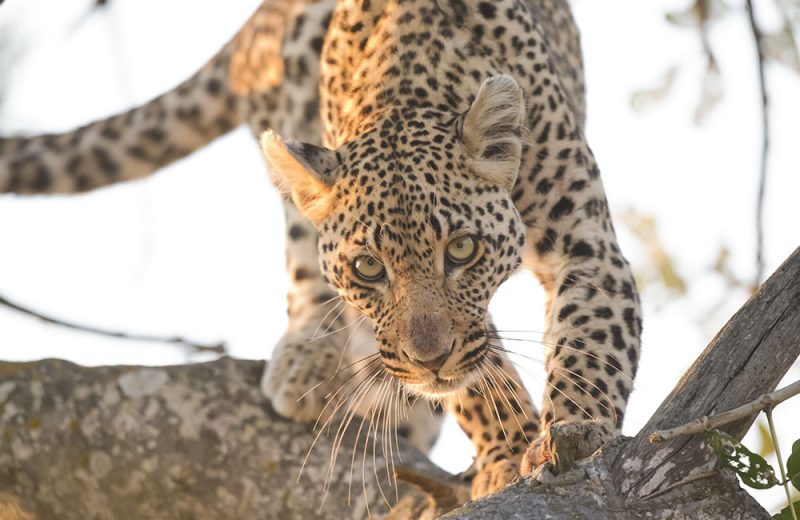
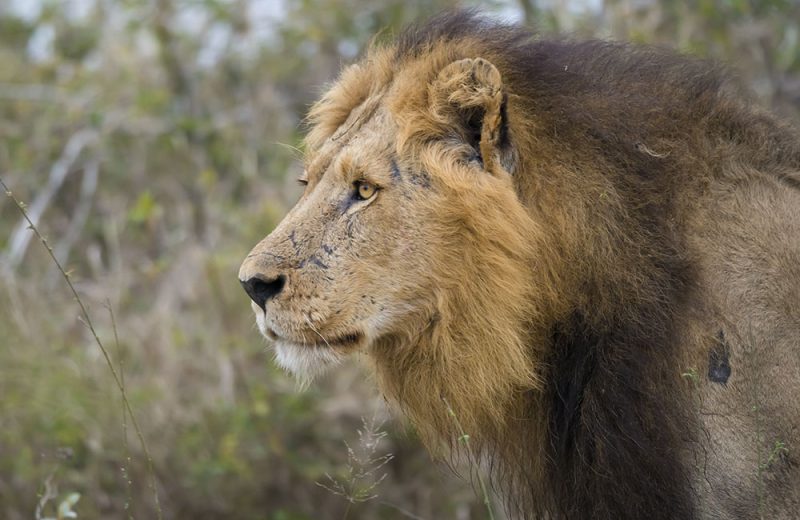
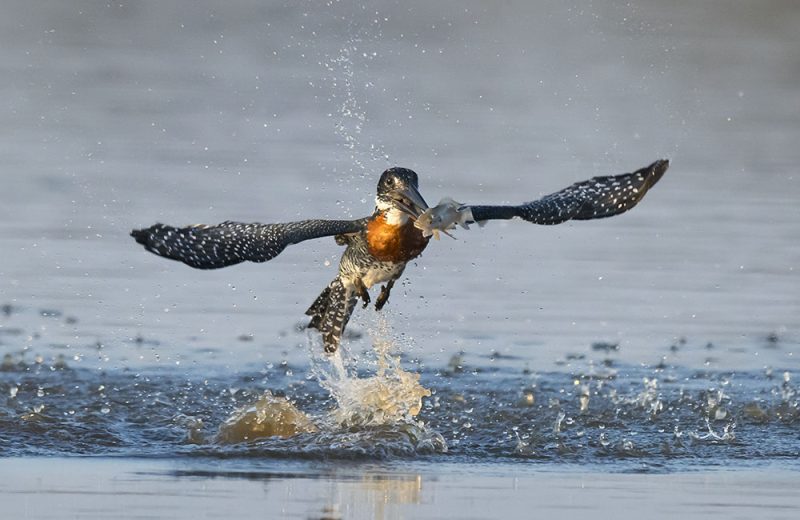
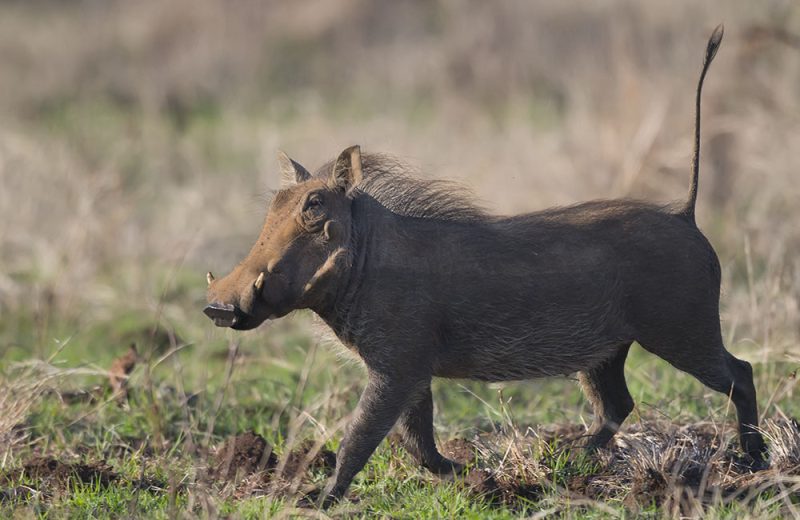
13 Comments
Gill Ainslie August 26, 2024 at 12:30 am
Thoroughly enjoyed travelling Kruger with you and your advice about birds is the best! There is always something to find!
Richard Grant August 27, 2024 at 8:21 pm
So true Gill.
Jenny Cooper August 26, 2024 at 6:24 am
Many thanks once again for your fantastic photographs, just love the birds! Look forward to your next trip!
Richard Grant August 27, 2024 at 8:20 pm
Thanks Jenny
Don Barclay August 26, 2024 at 7:22 am
Thanks for sharing your latest Kruger trip stories and photos. Although a regular visitor myself to Kruger, I never tire of your postings Richard. I look forward to your next trip.
Richard Grant August 27, 2024 at 8:20 pm
That’s very gratifying Don. It makes the effort so worthwhile.
Jane Gom August 26, 2024 at 8:07 am
Many thanks for your blog, beautiful photos and my continued lesson on birds.
Richard Grant August 27, 2024 at 8:19 pm
You will get huge payback from your birding Jane
Marten Hiemstra August 26, 2024 at 8:11 am
Hi Fred, thanks for the great pics and reminding us the wonderful paradise Kruger is. Regards to Renette and safe travels.
Richard Grant August 27, 2024 at 8:17 pm
Thanks Martin. What a great trip.
Rod August 26, 2024 at 9:04 am
Freddy.. thanks for the shared trip…feel as if Ive been there with you…must be sad to leave
Richard Grant August 27, 2024 at 8:16 pm
Gee, what a place Roddy – so pure and happy.
Richard Grant August 27, 2024 at 8:15 pm
We must try and meet up next time Dave.